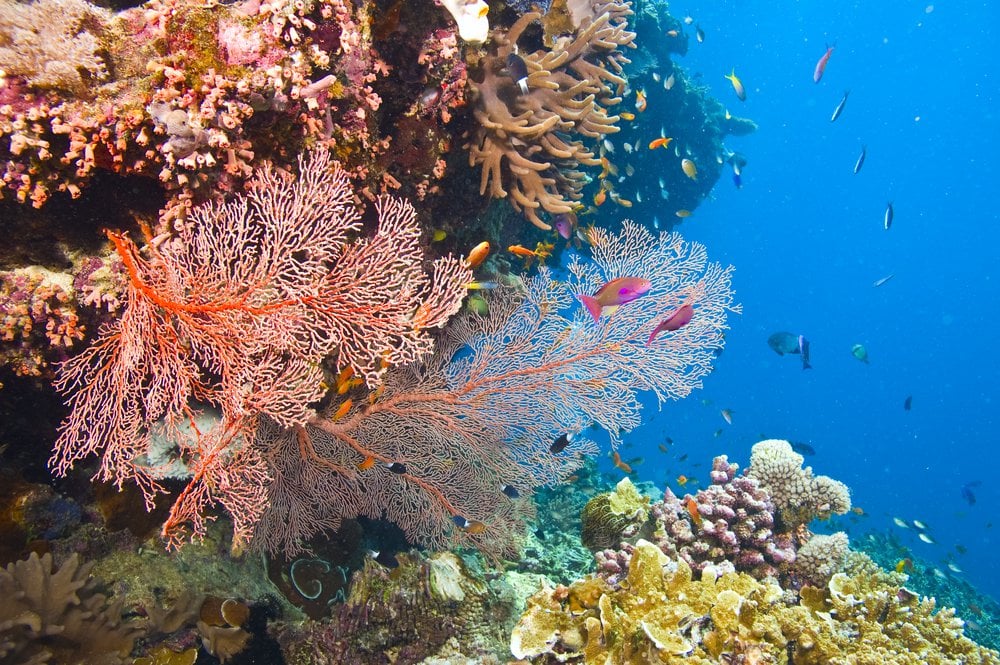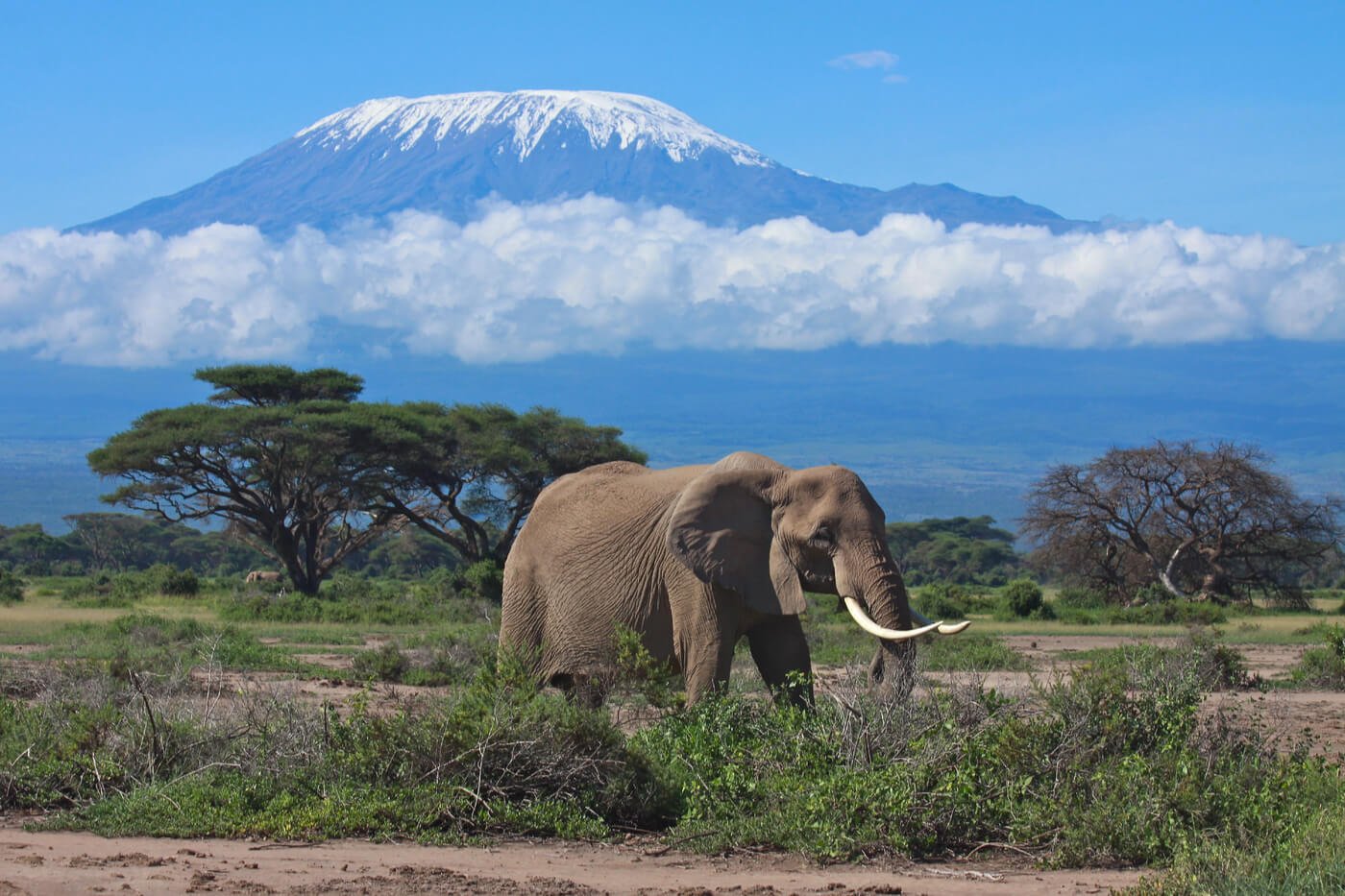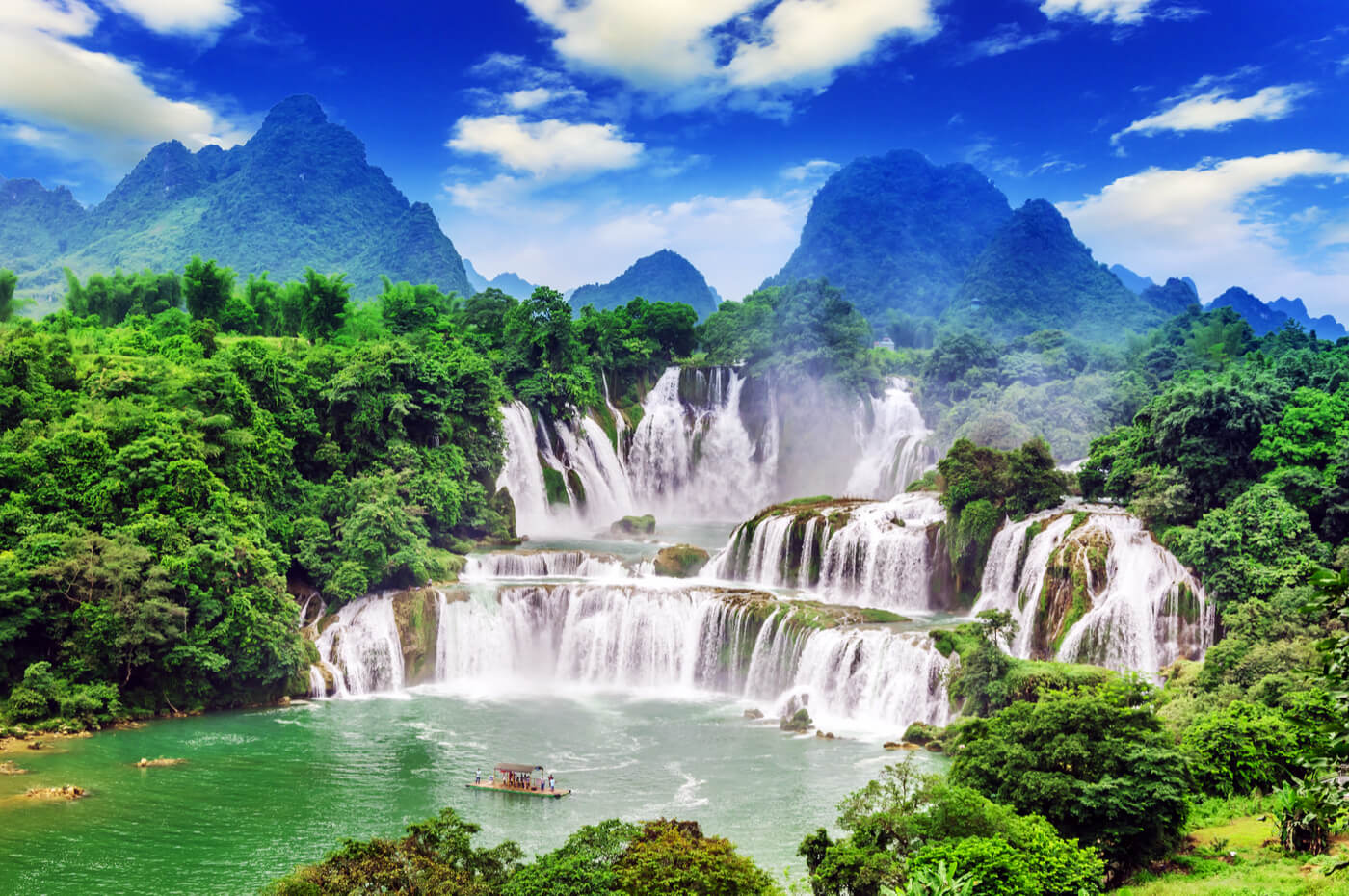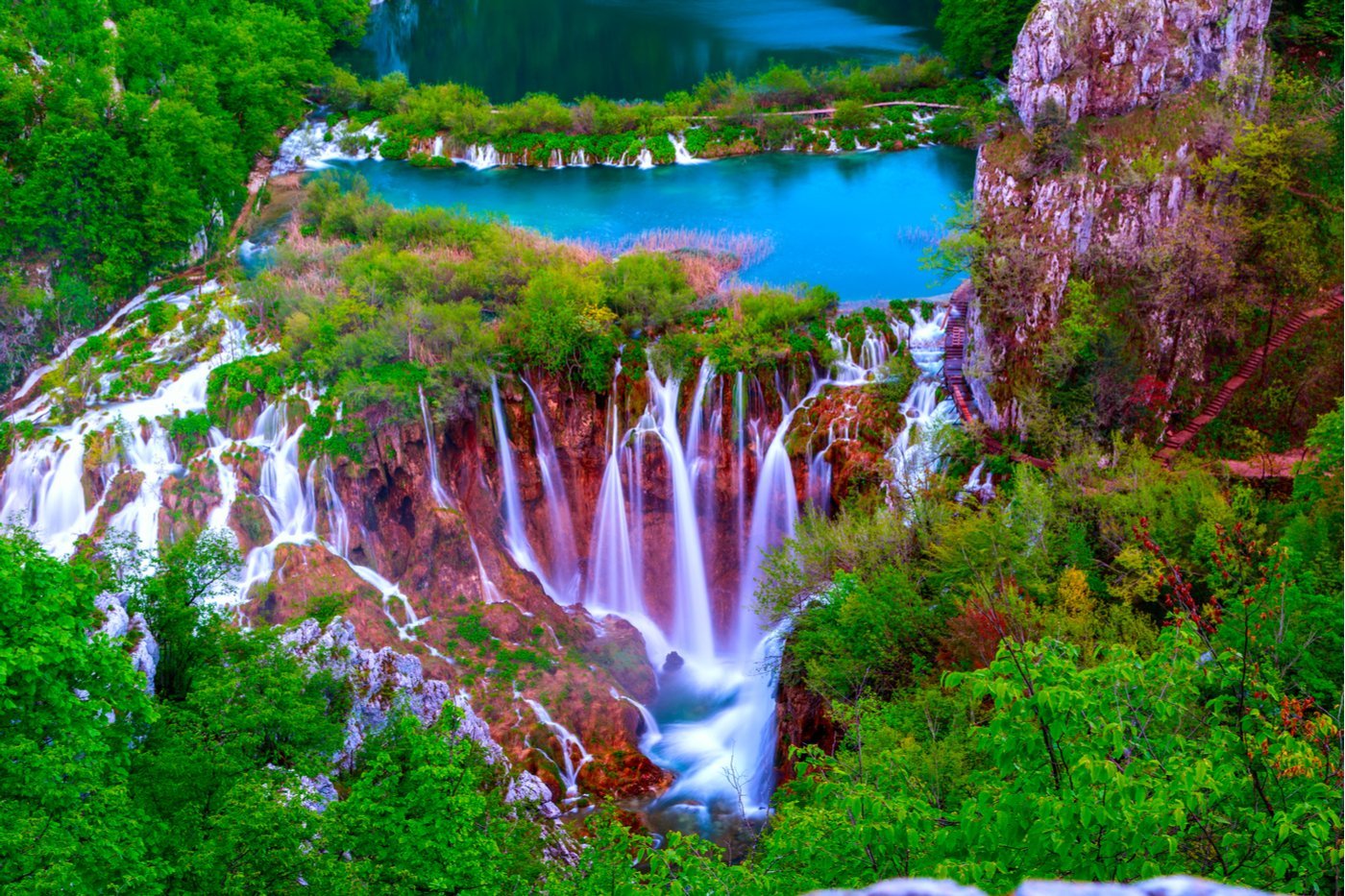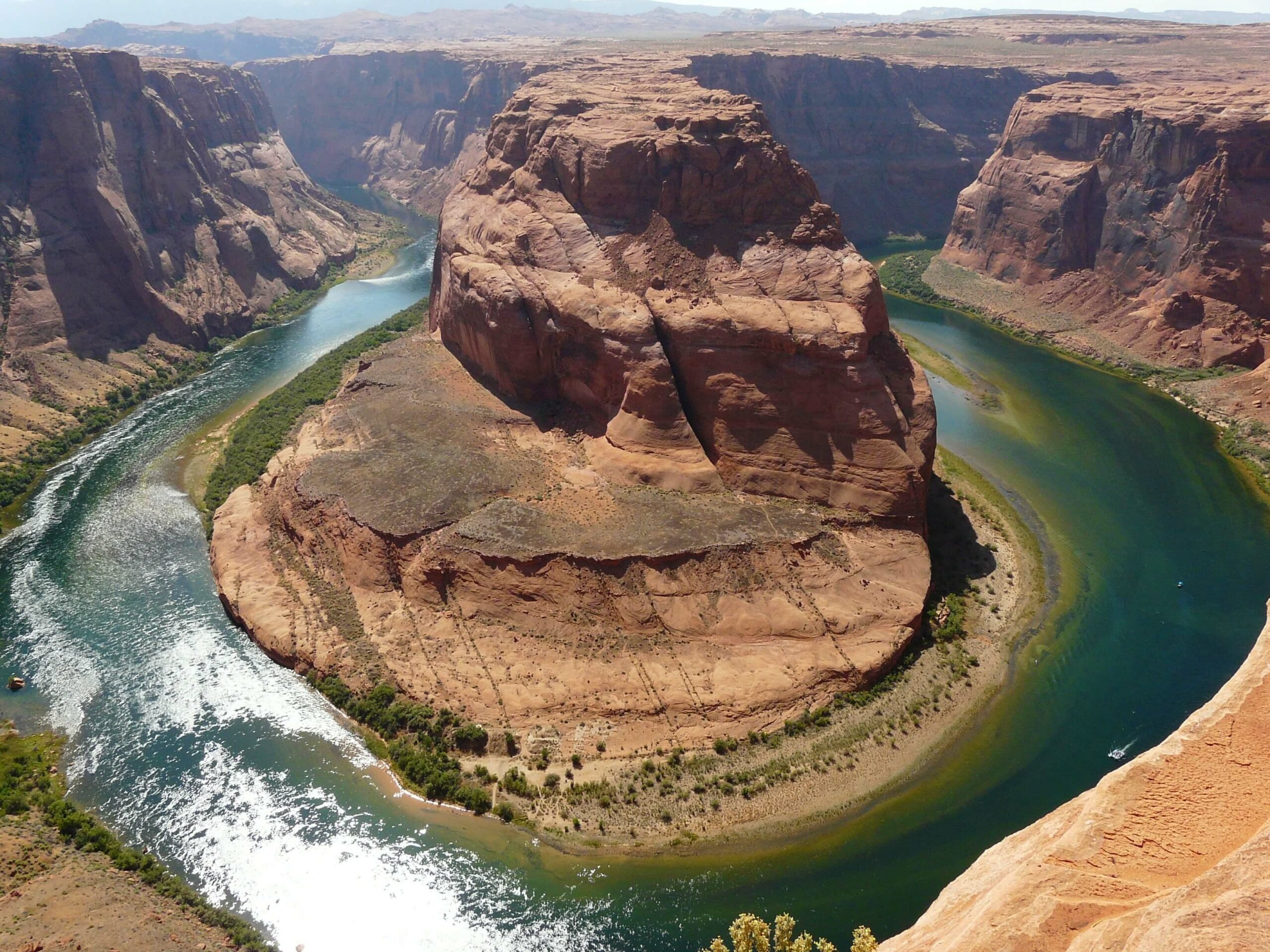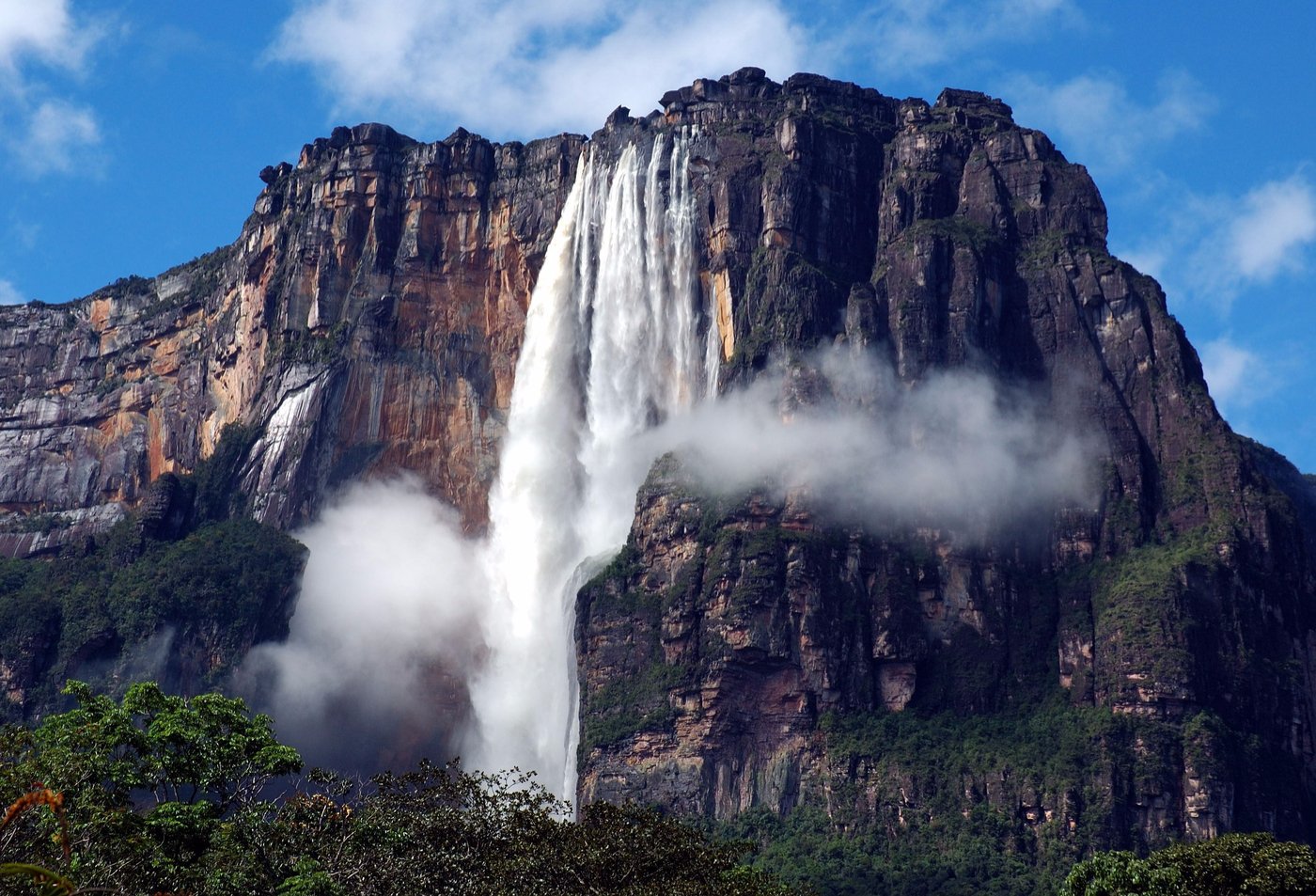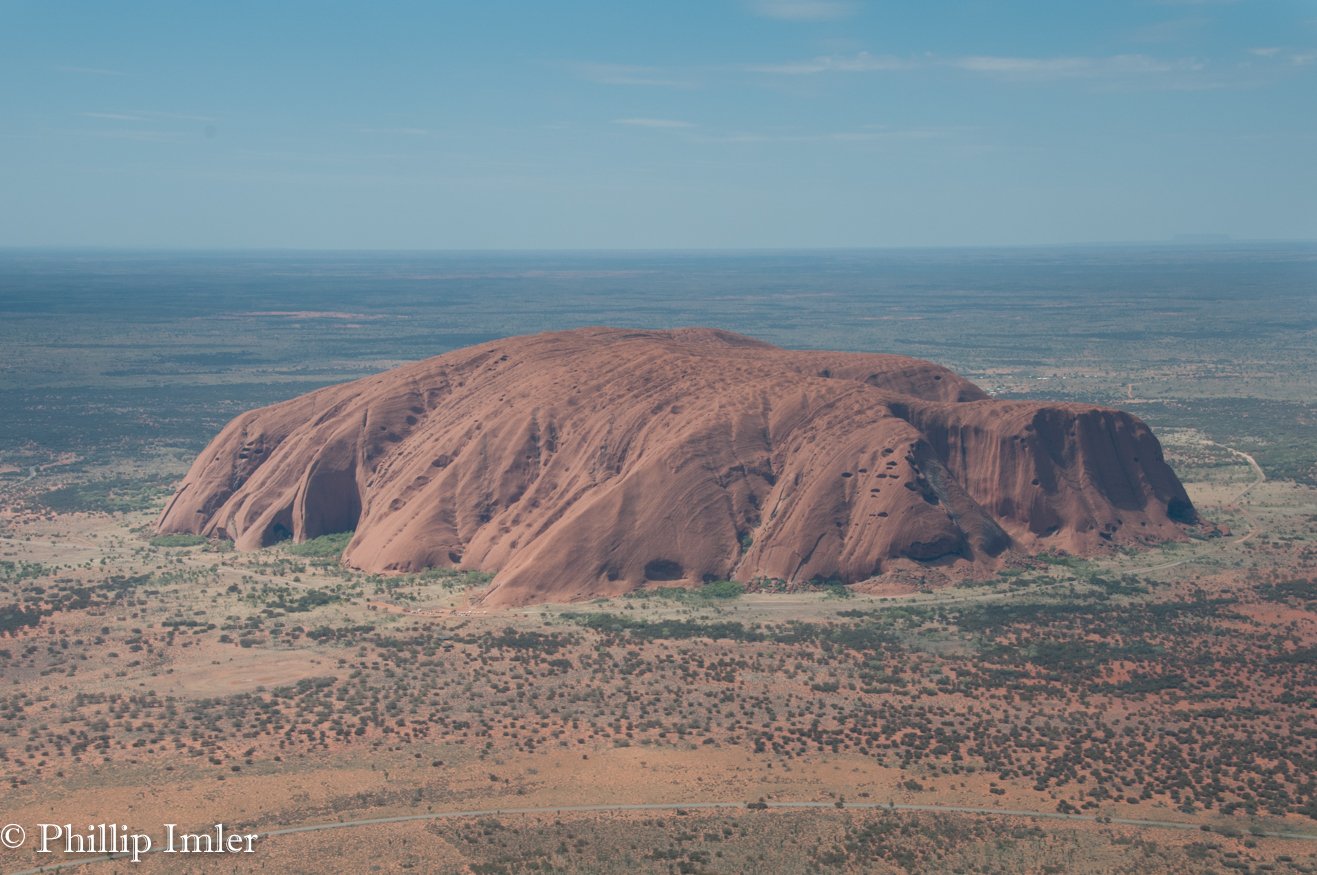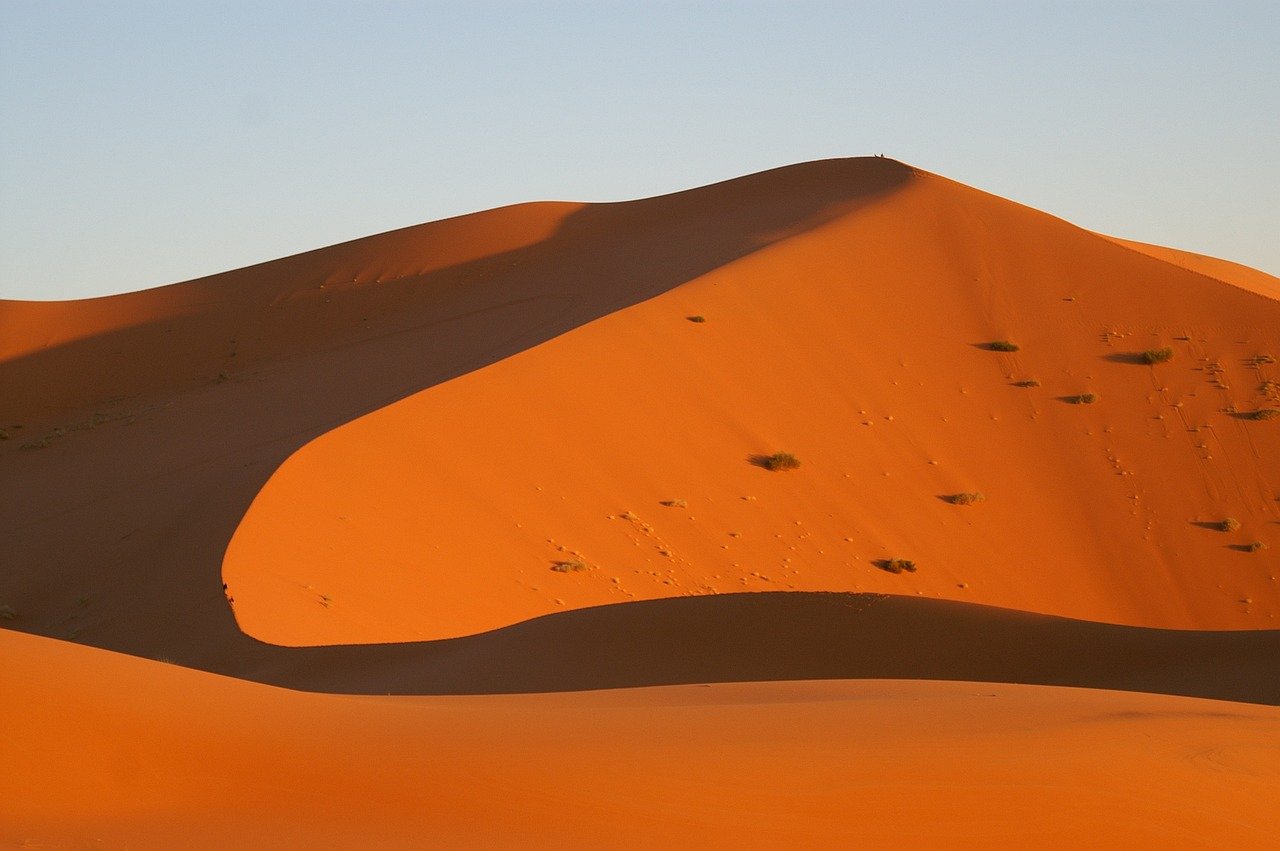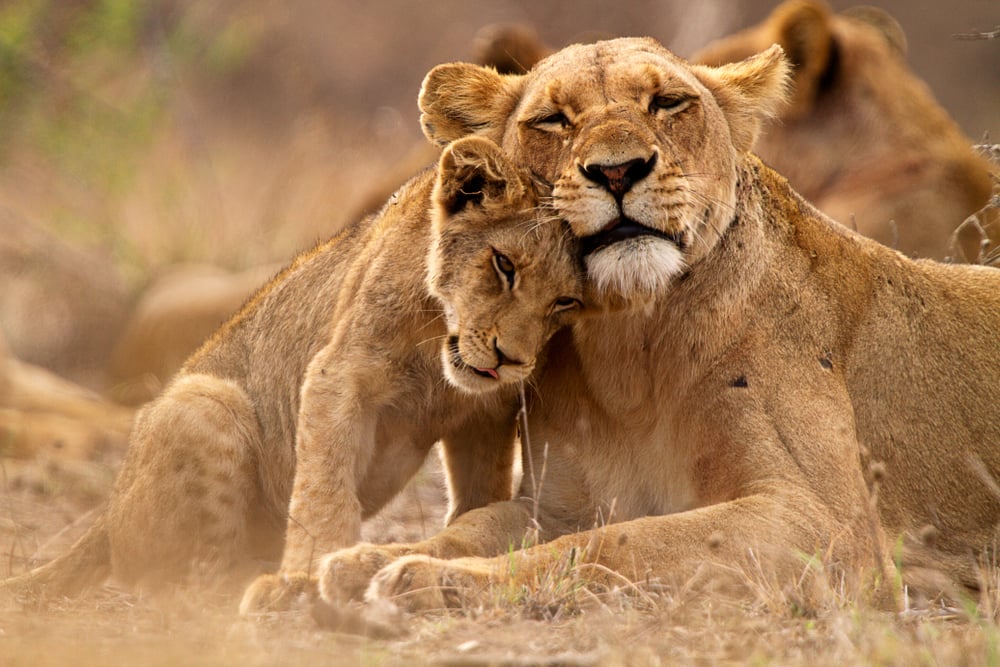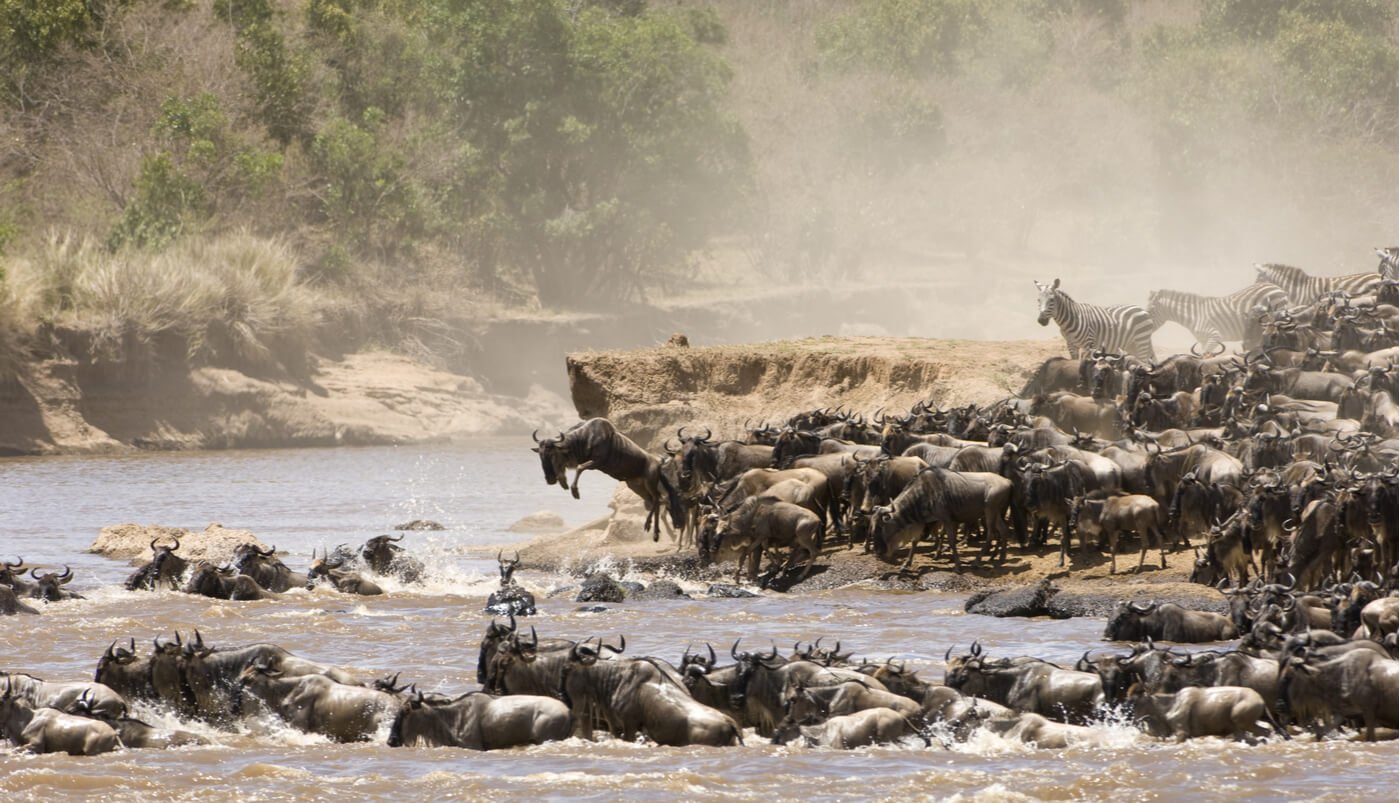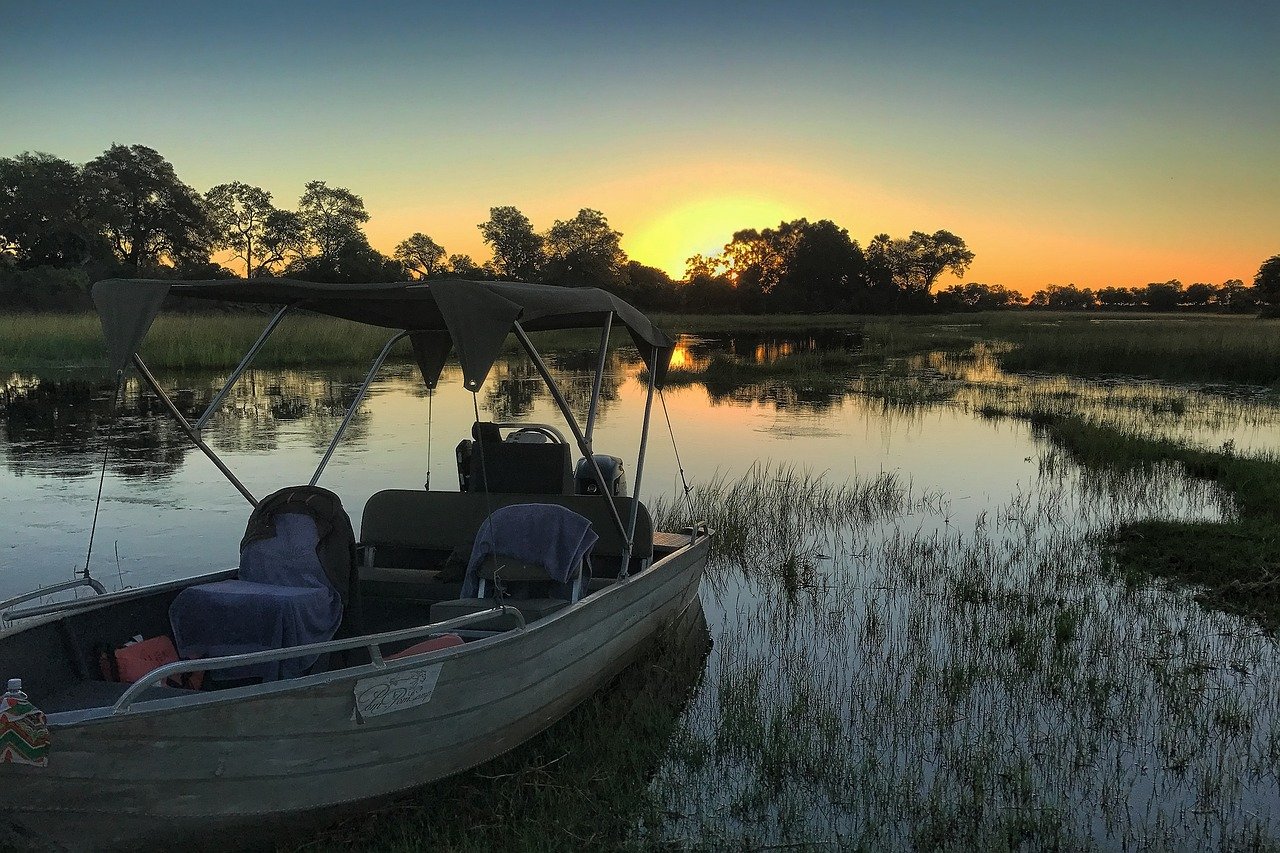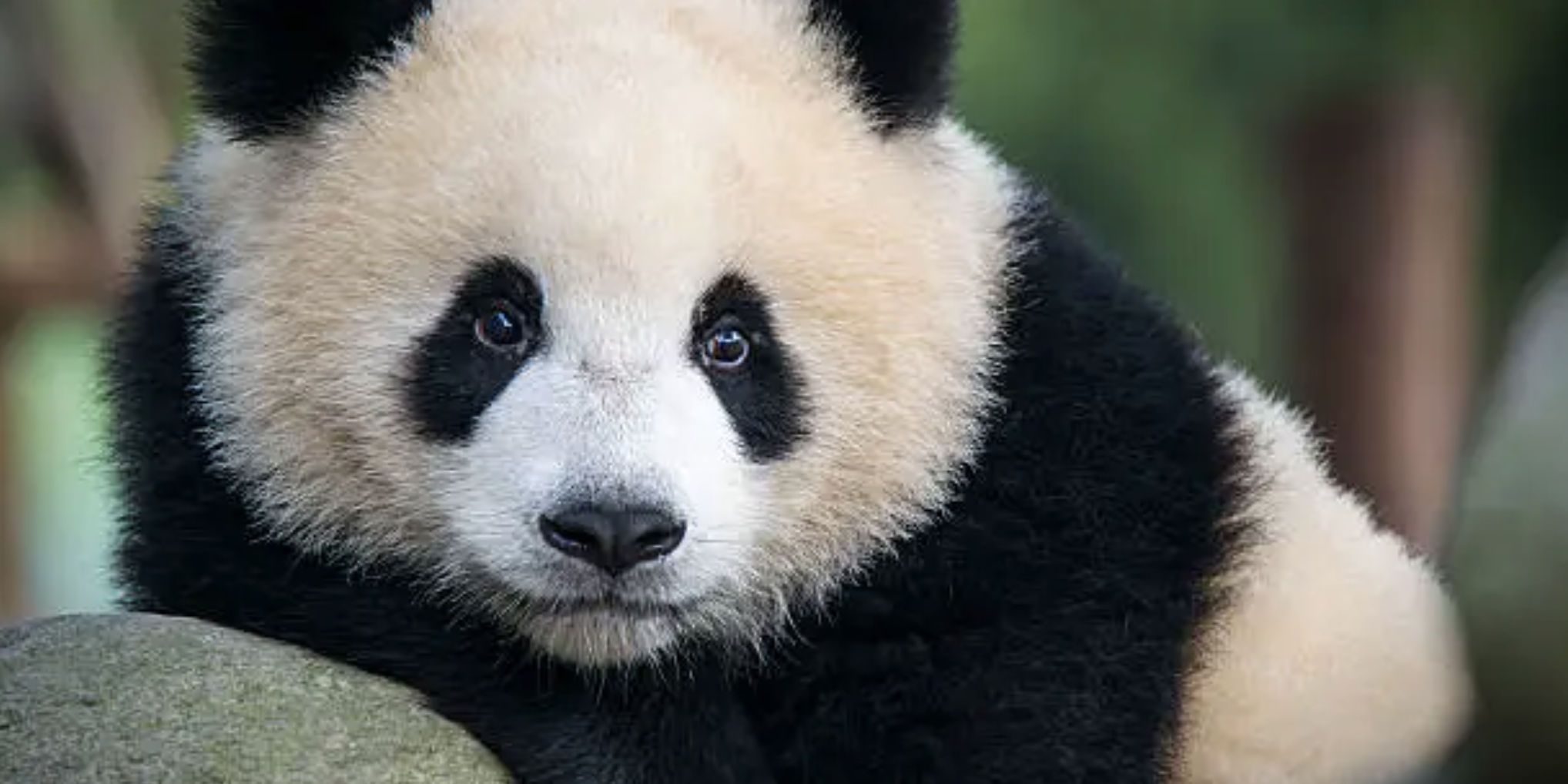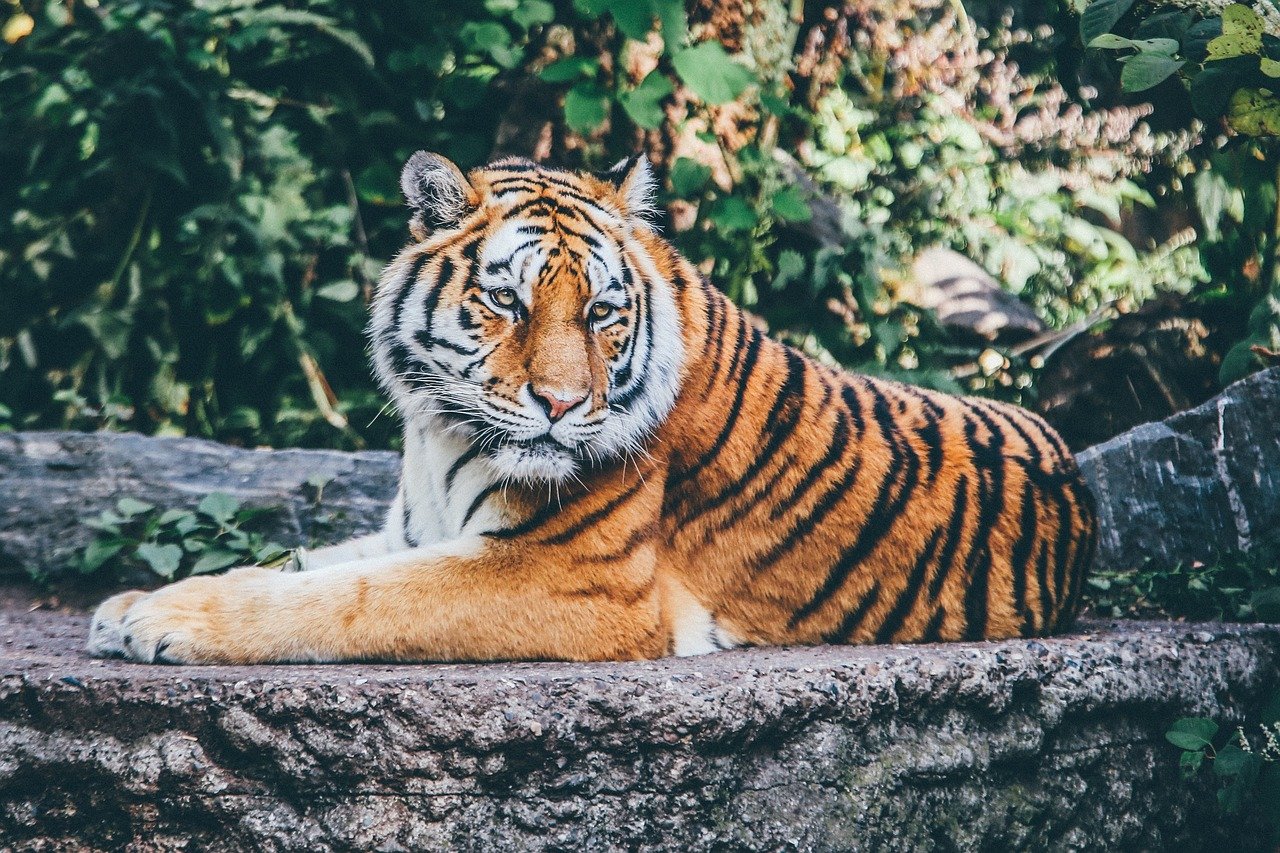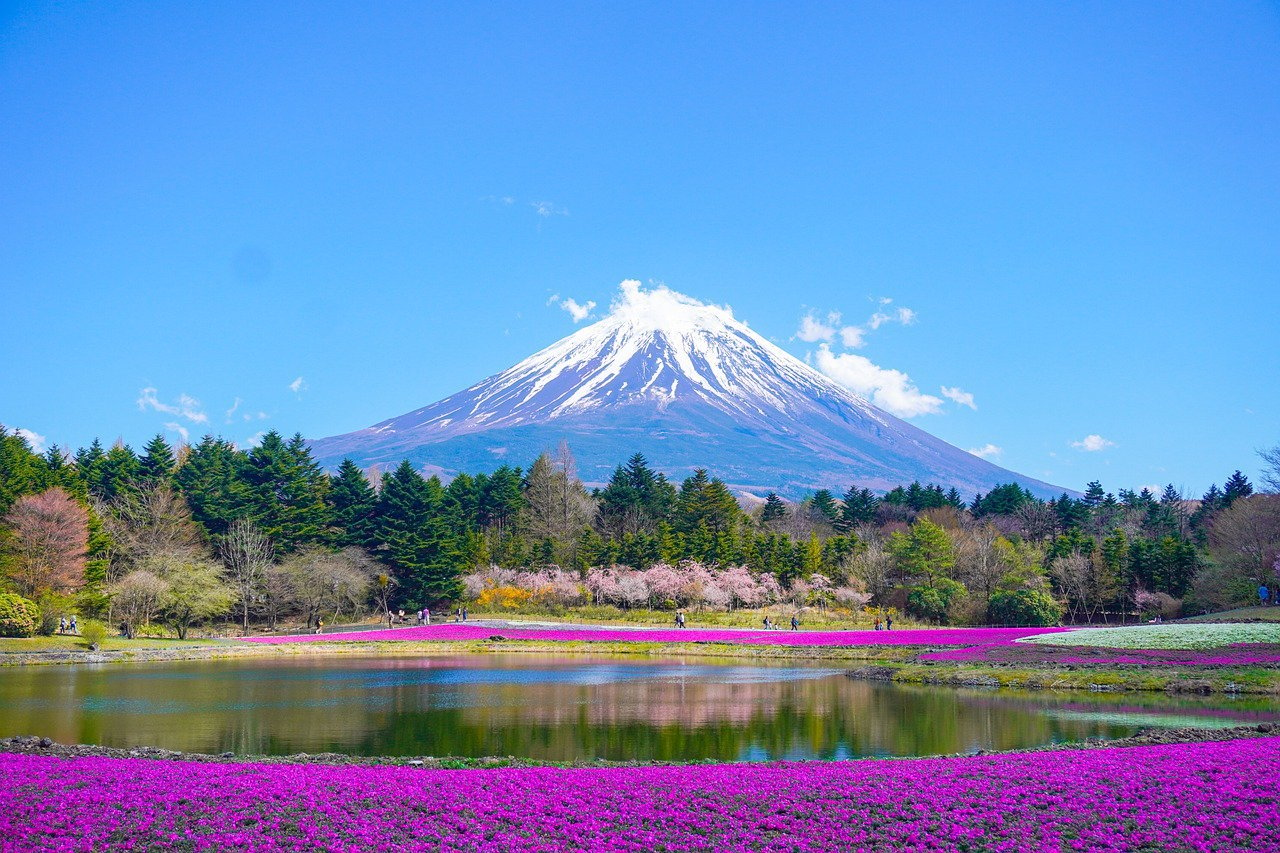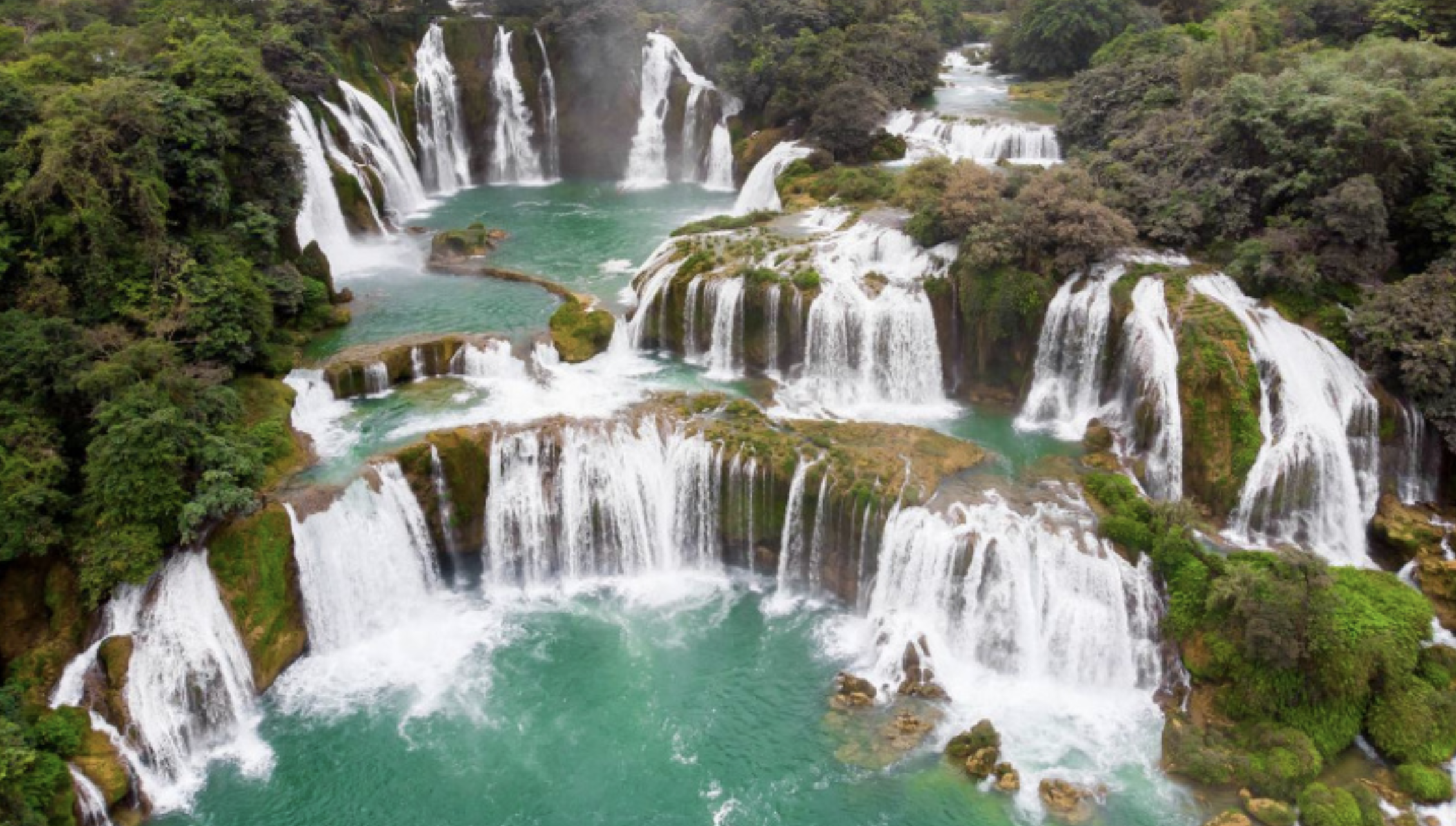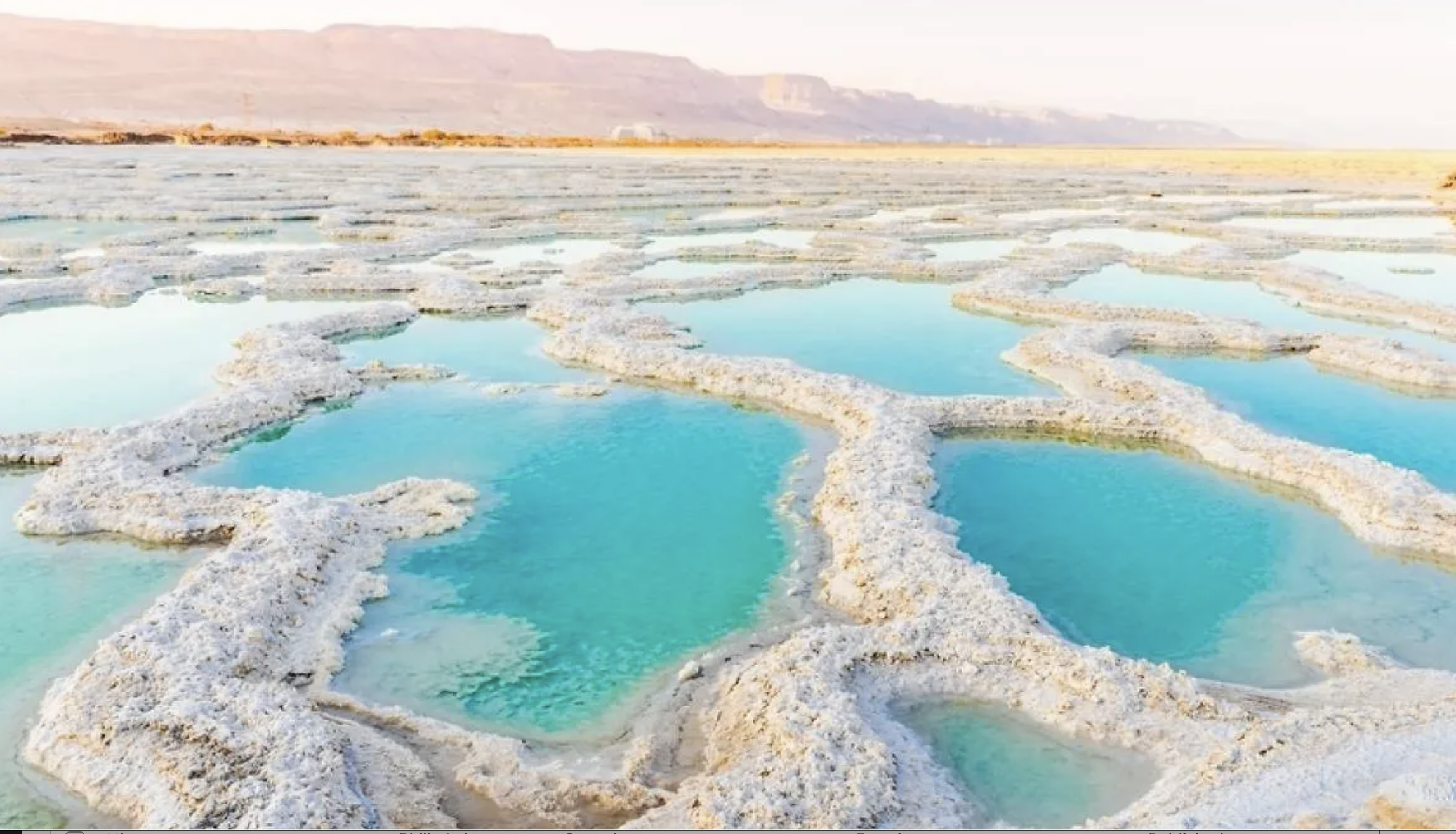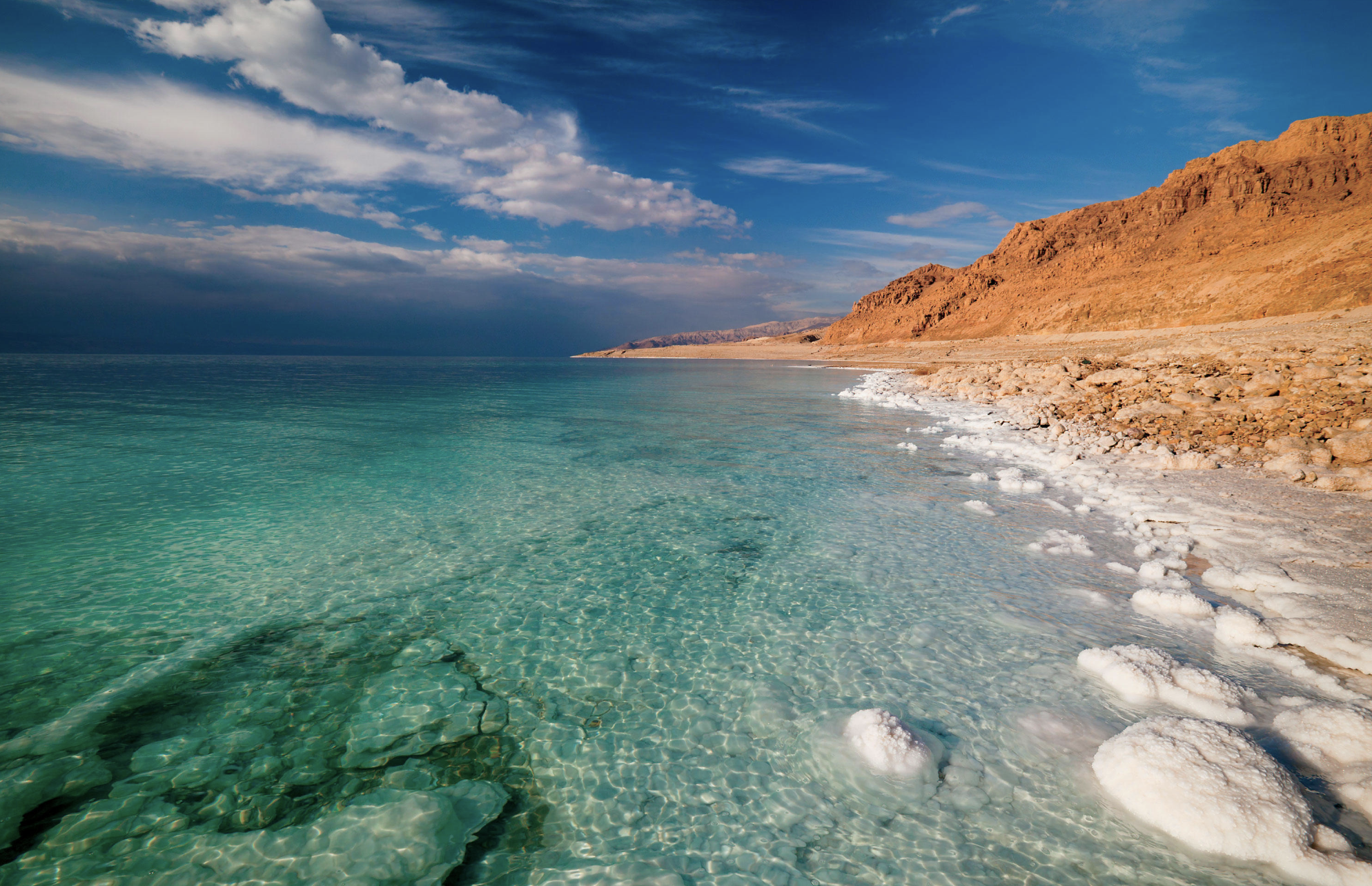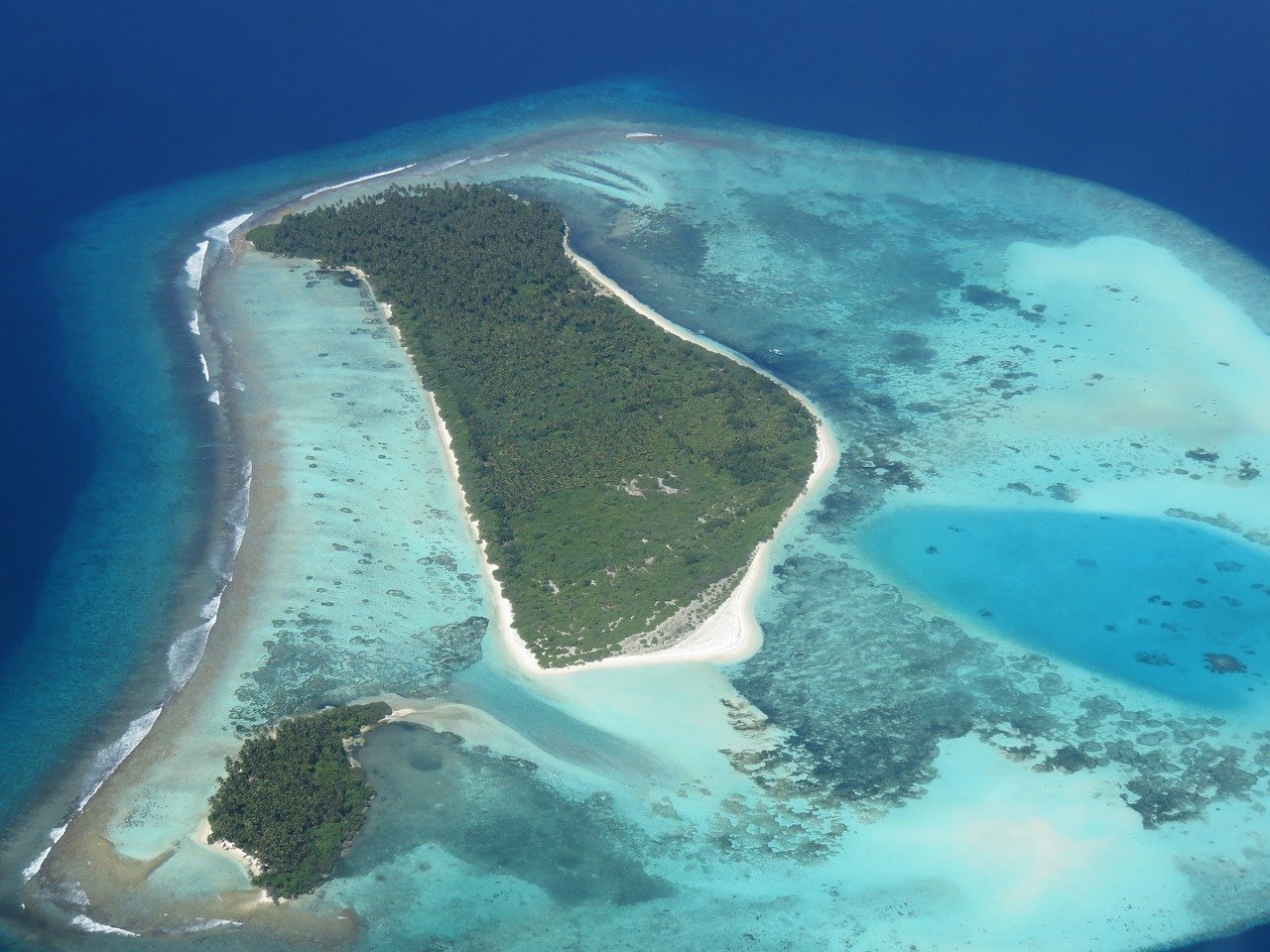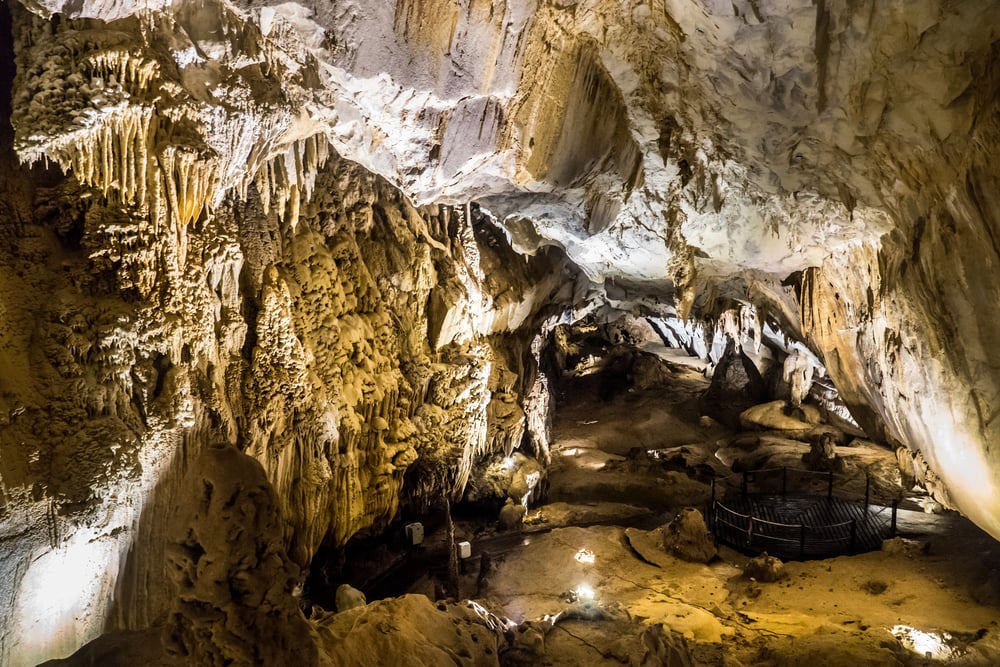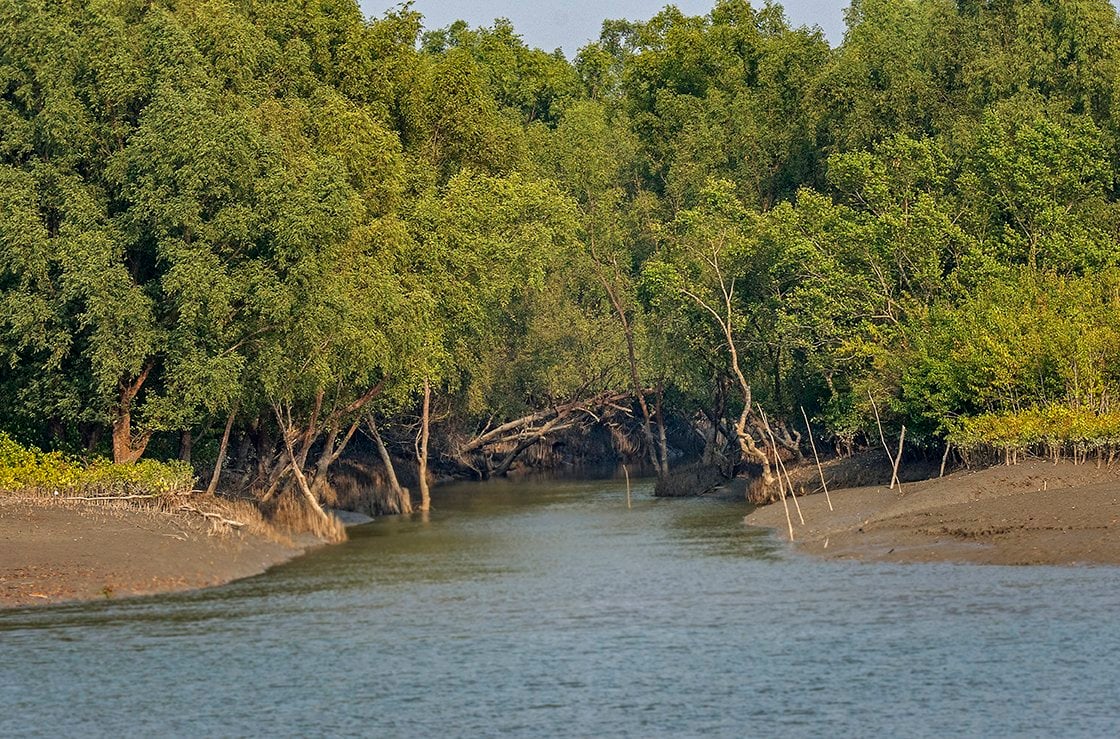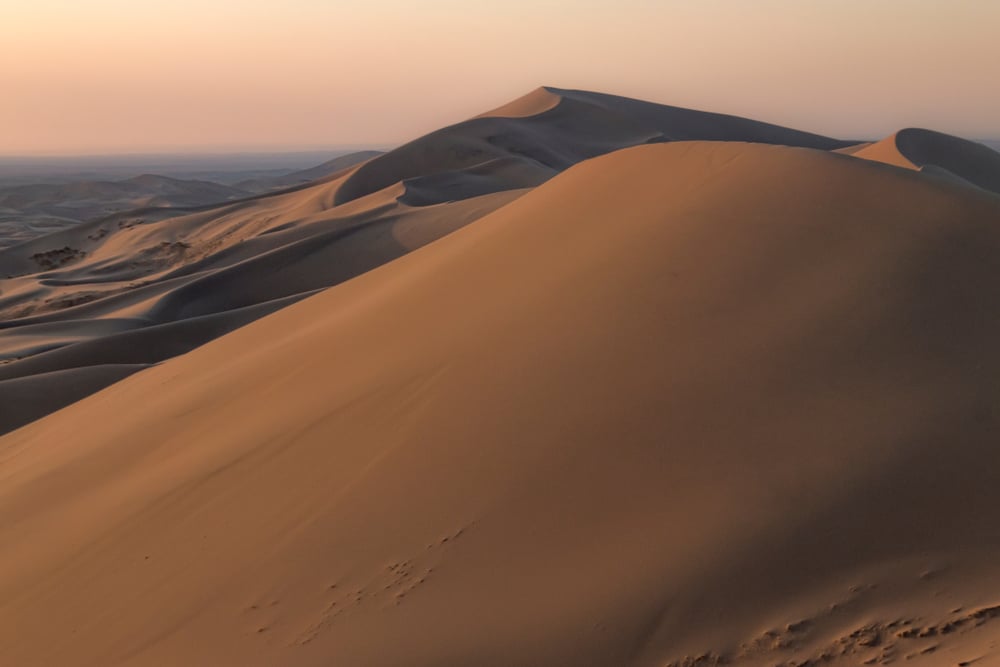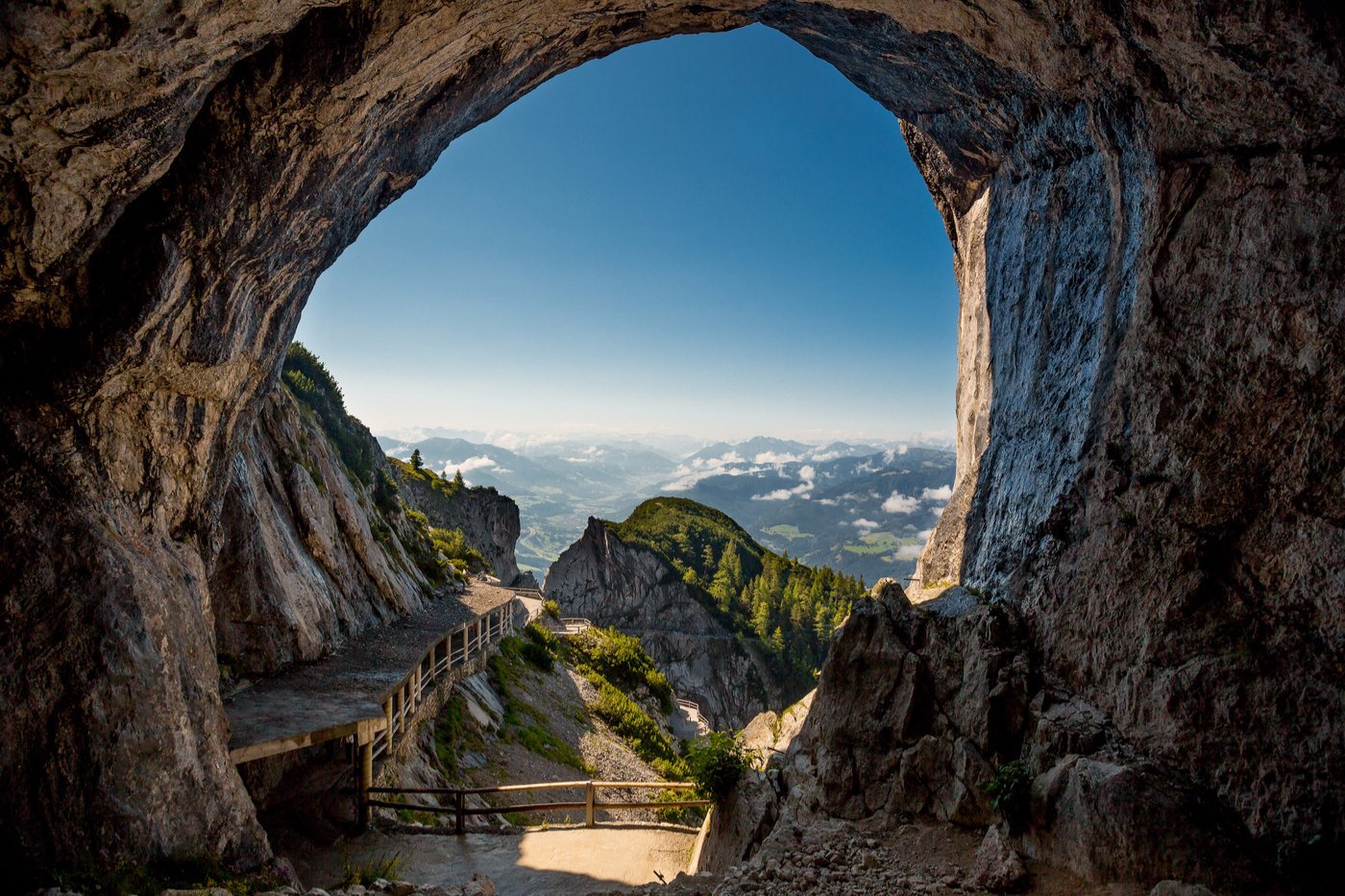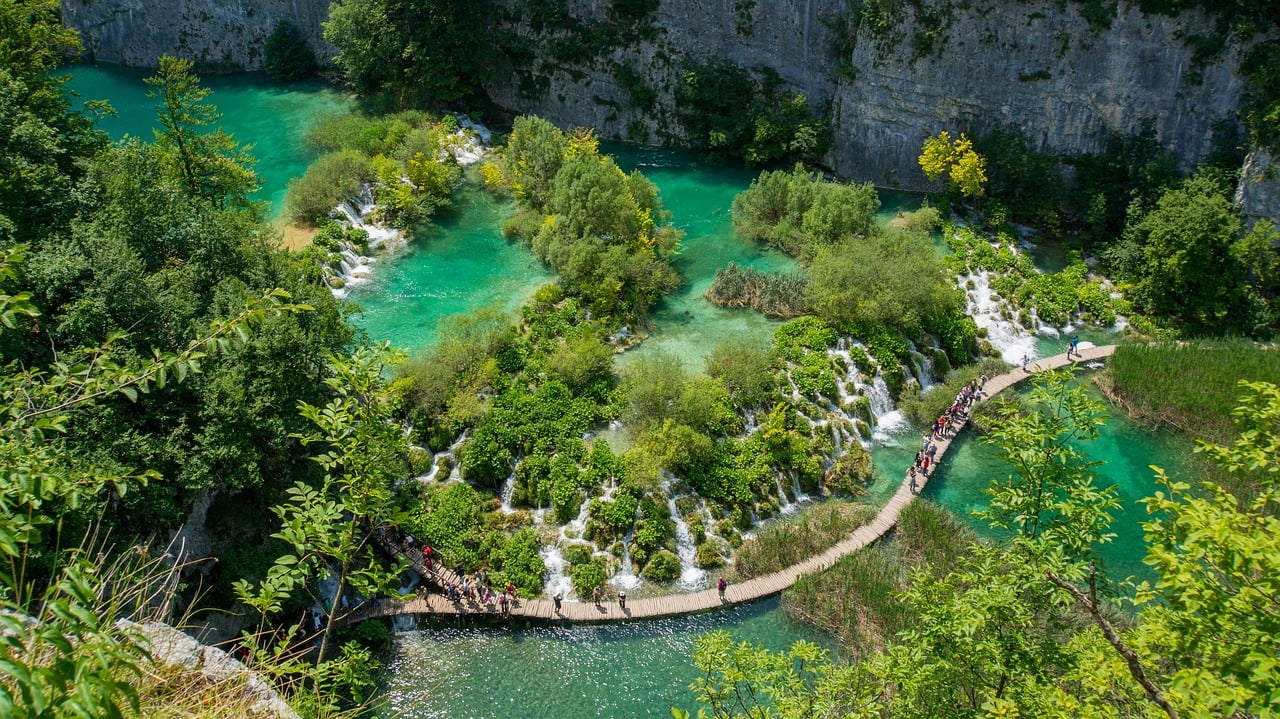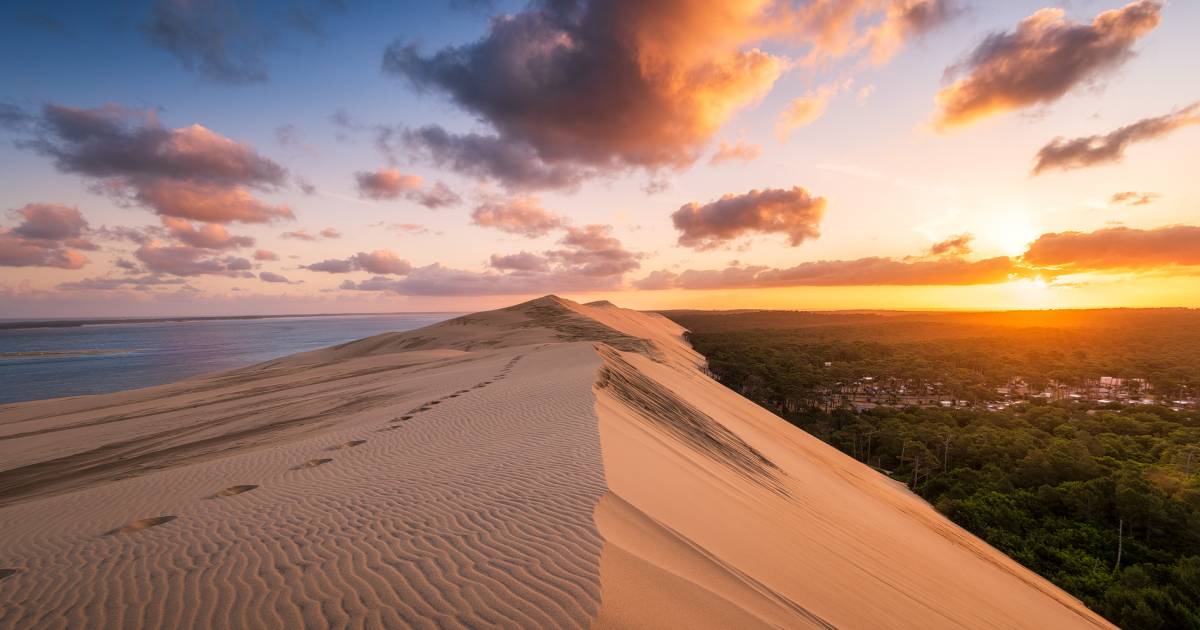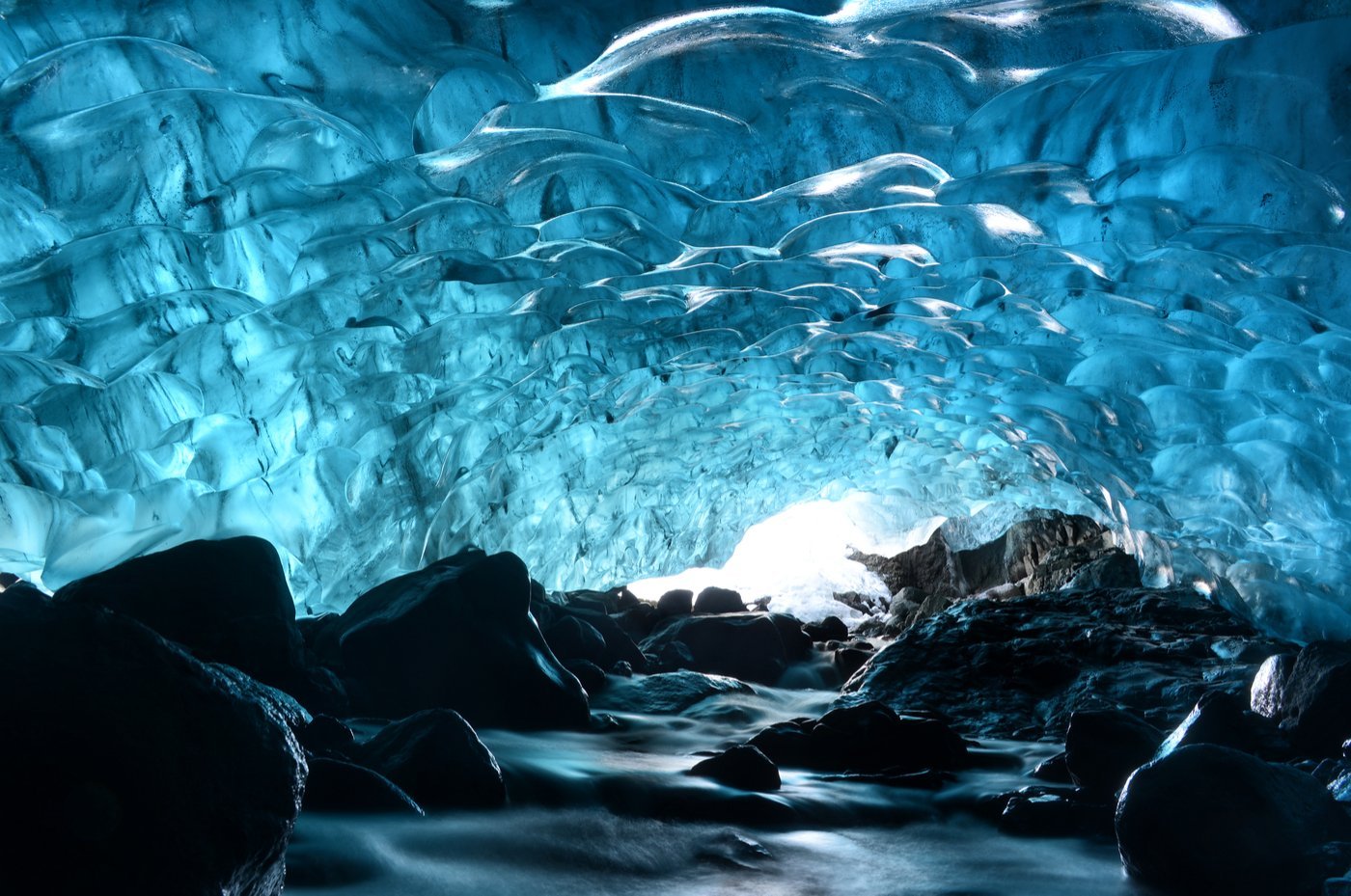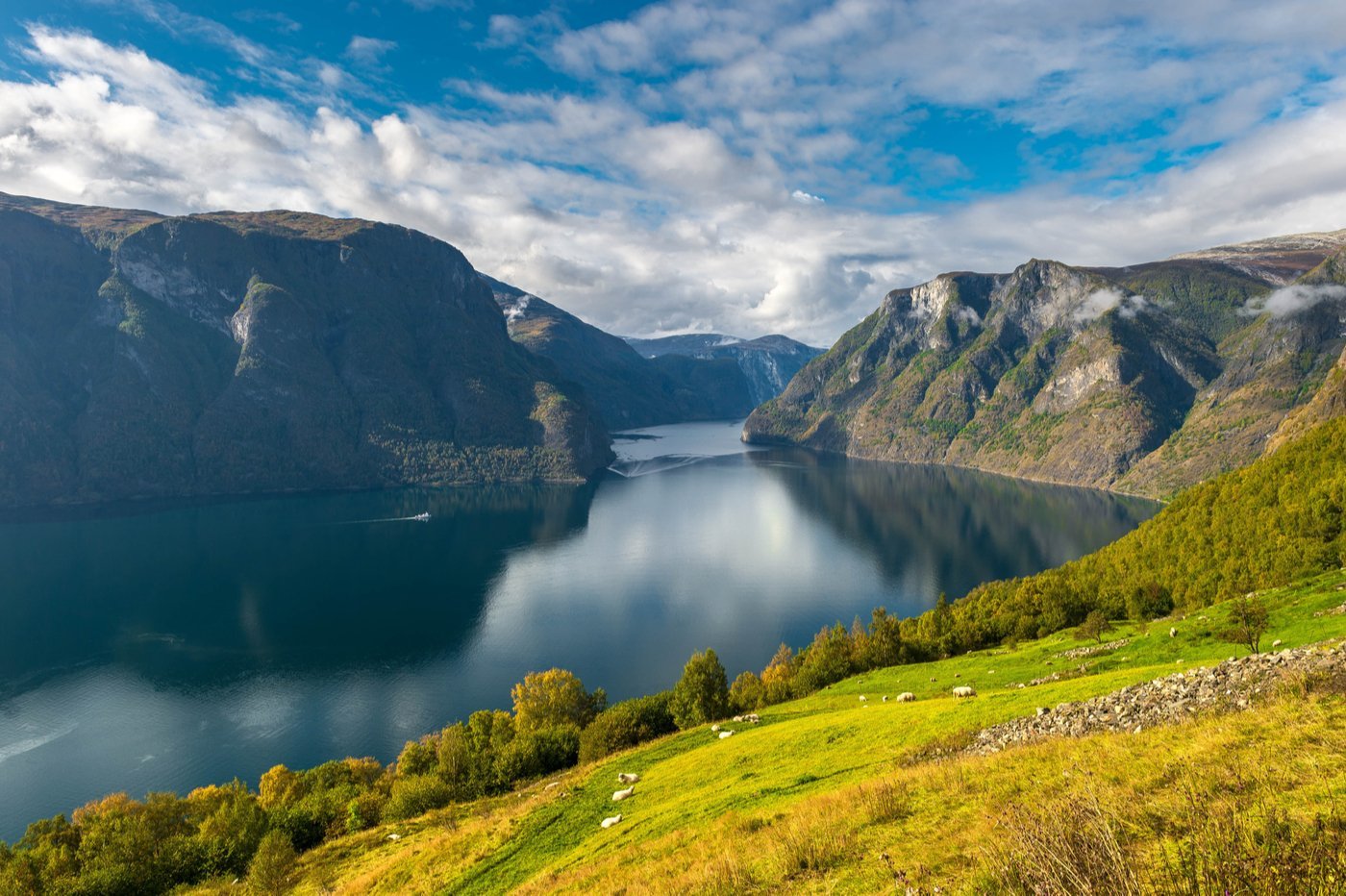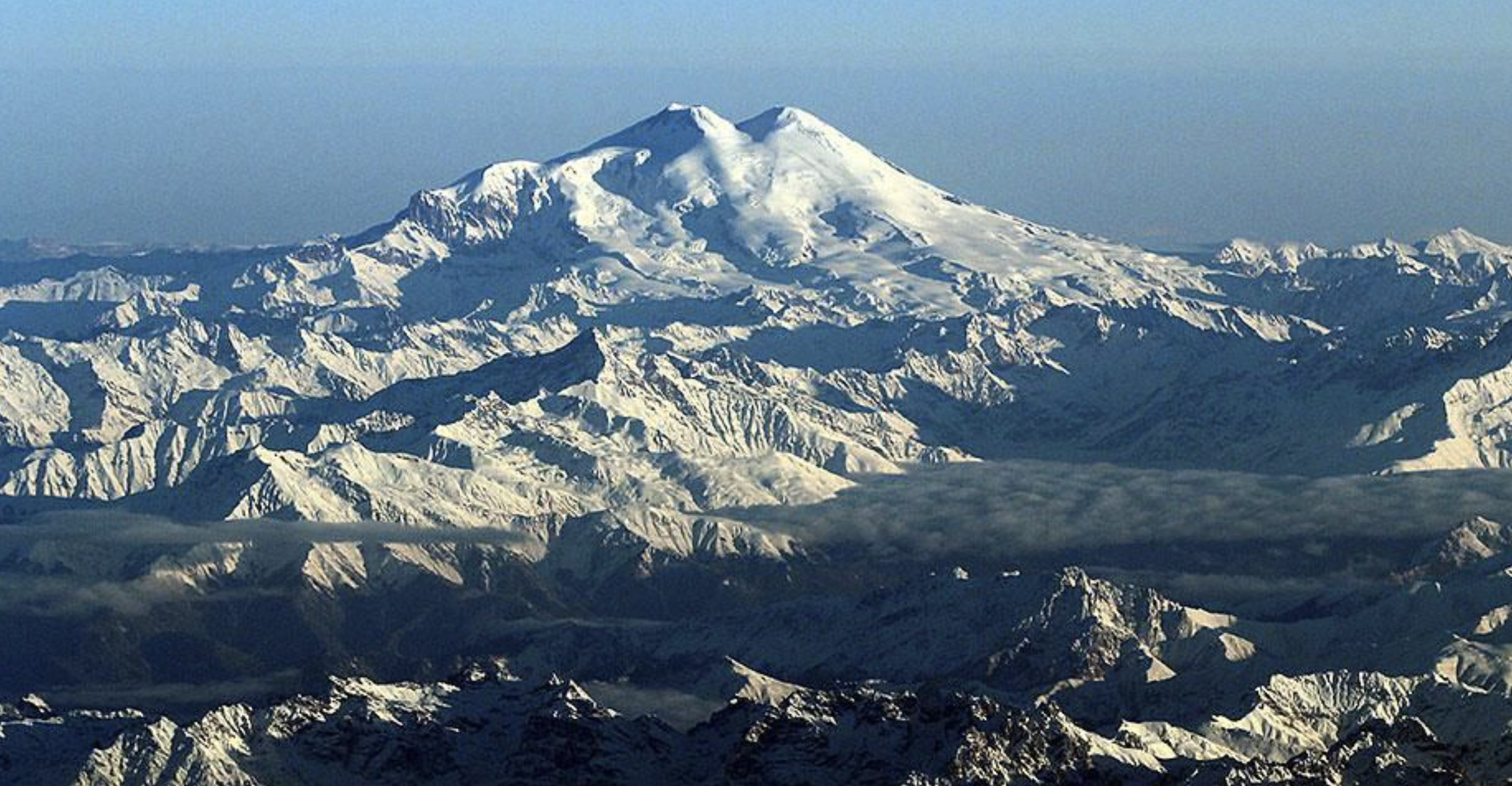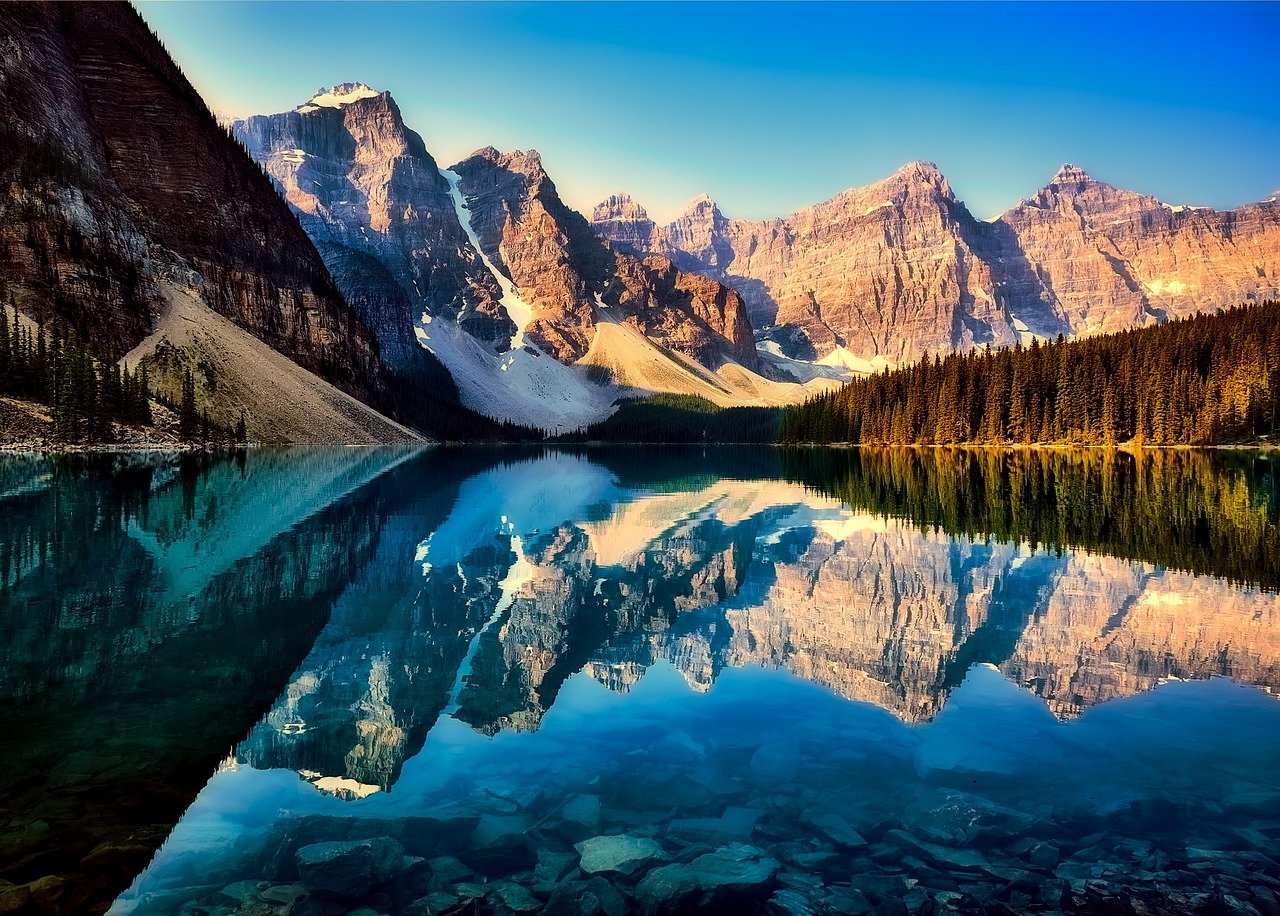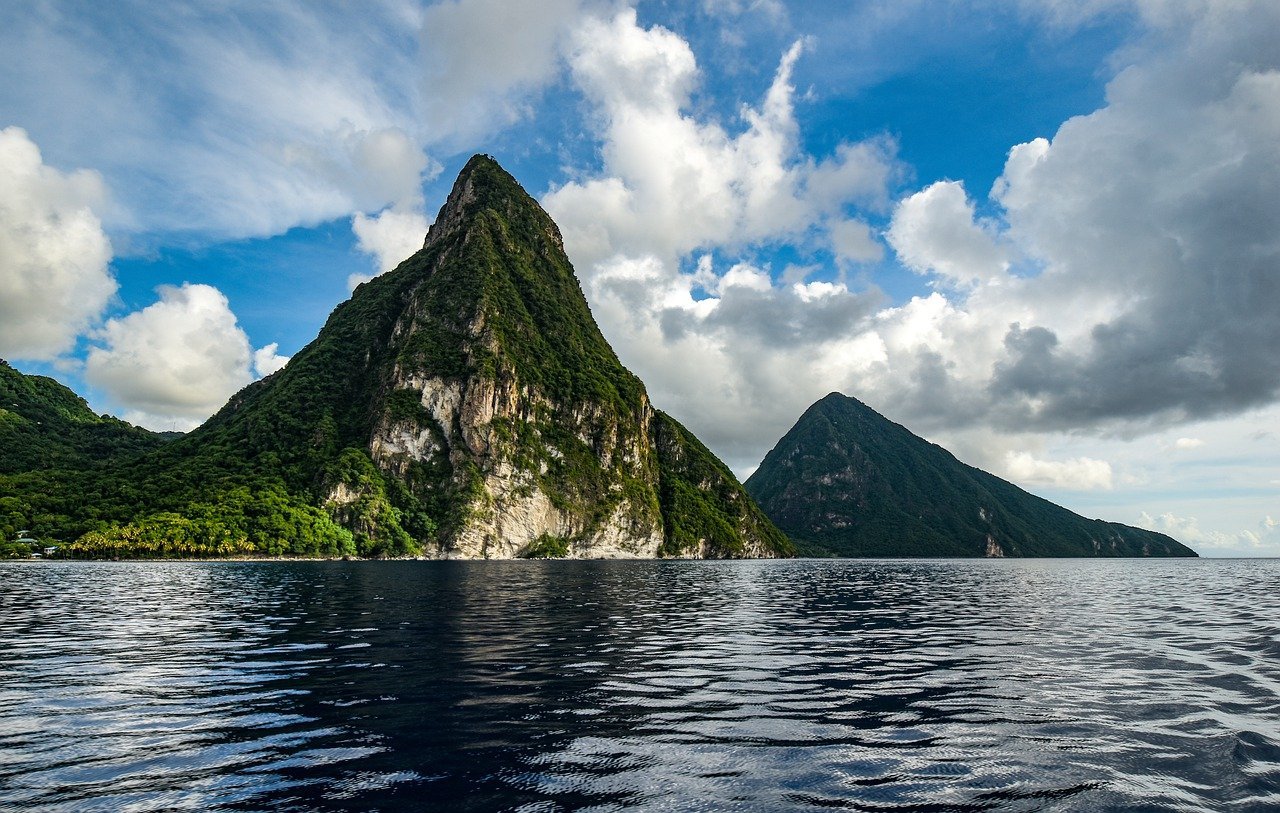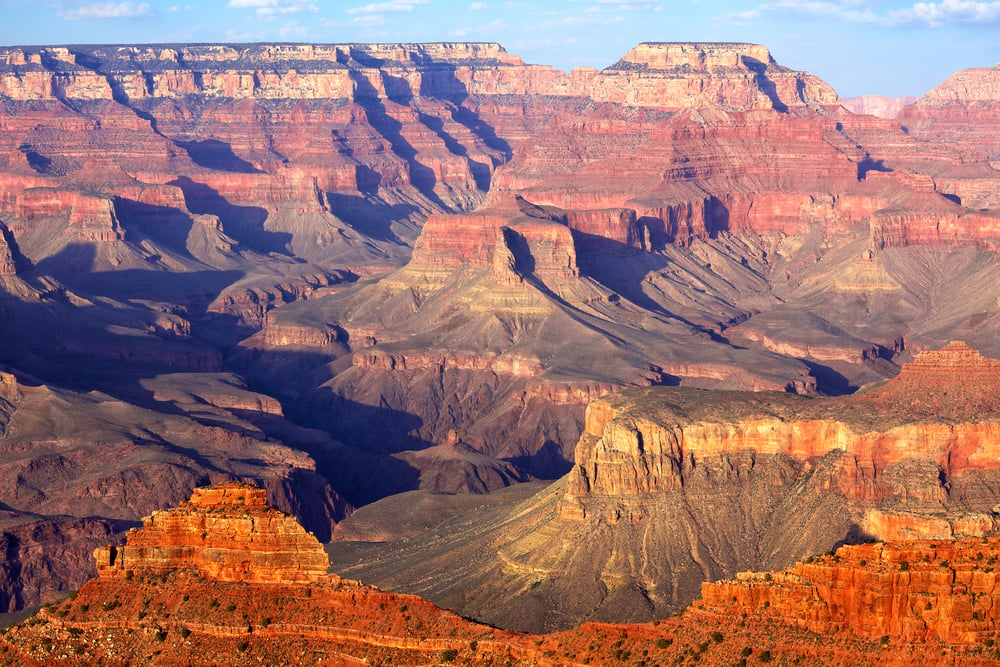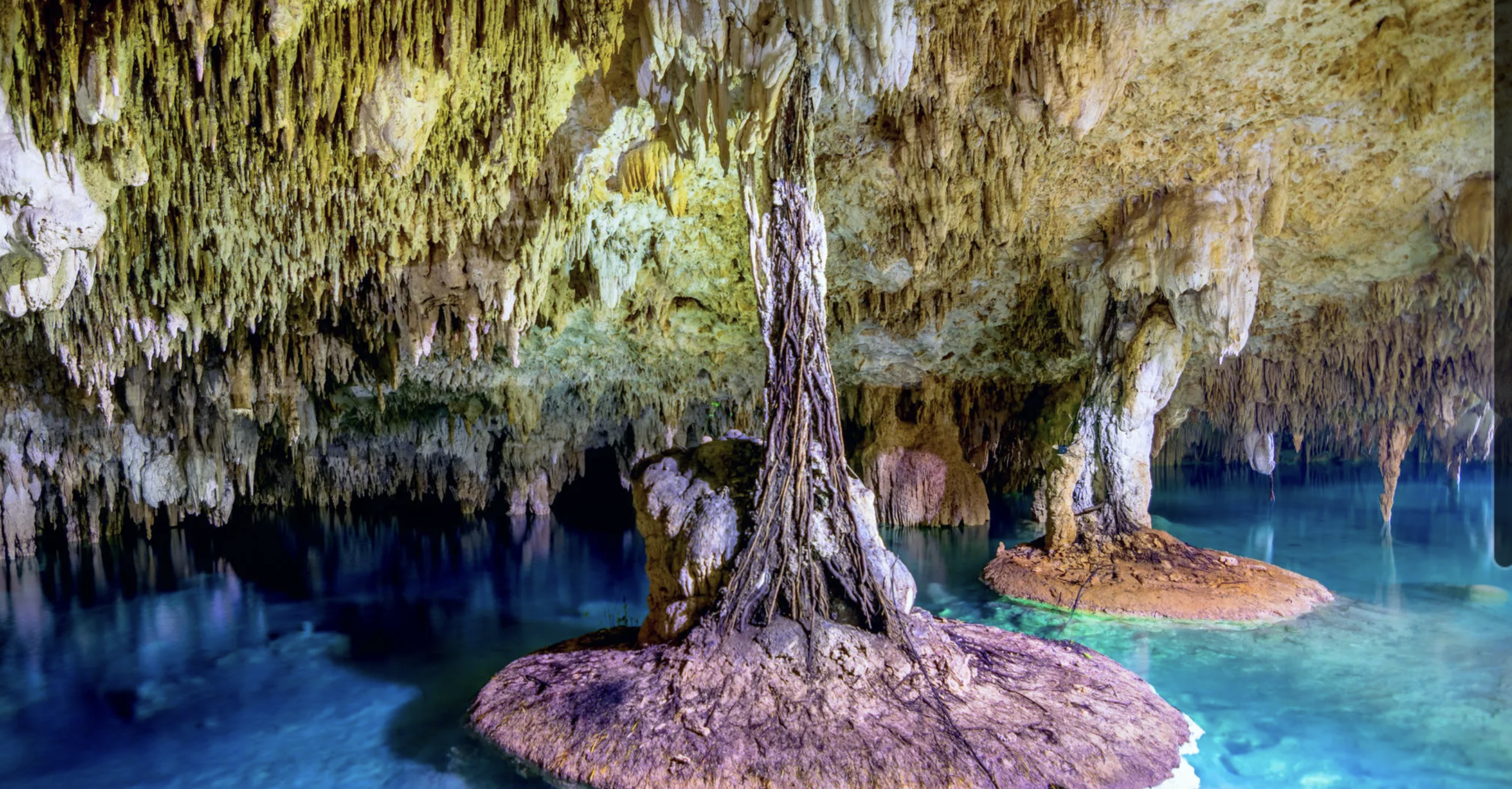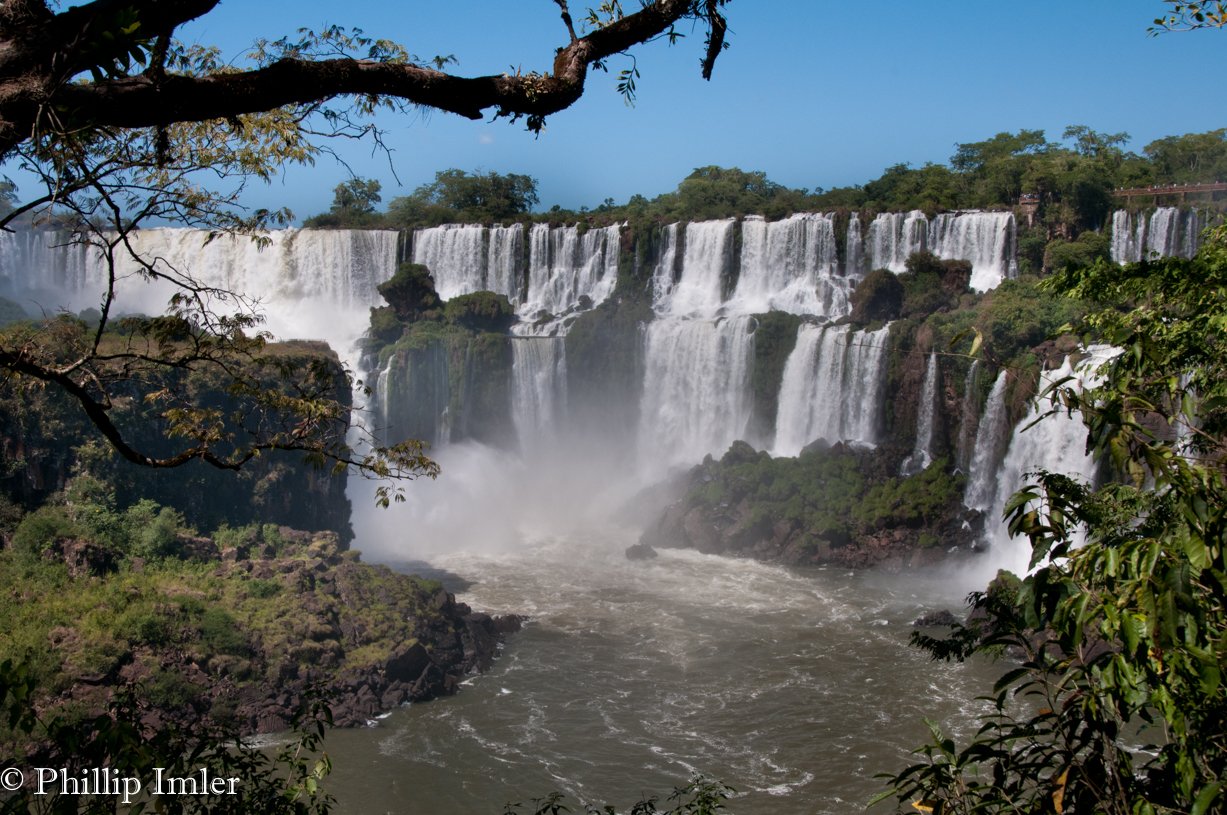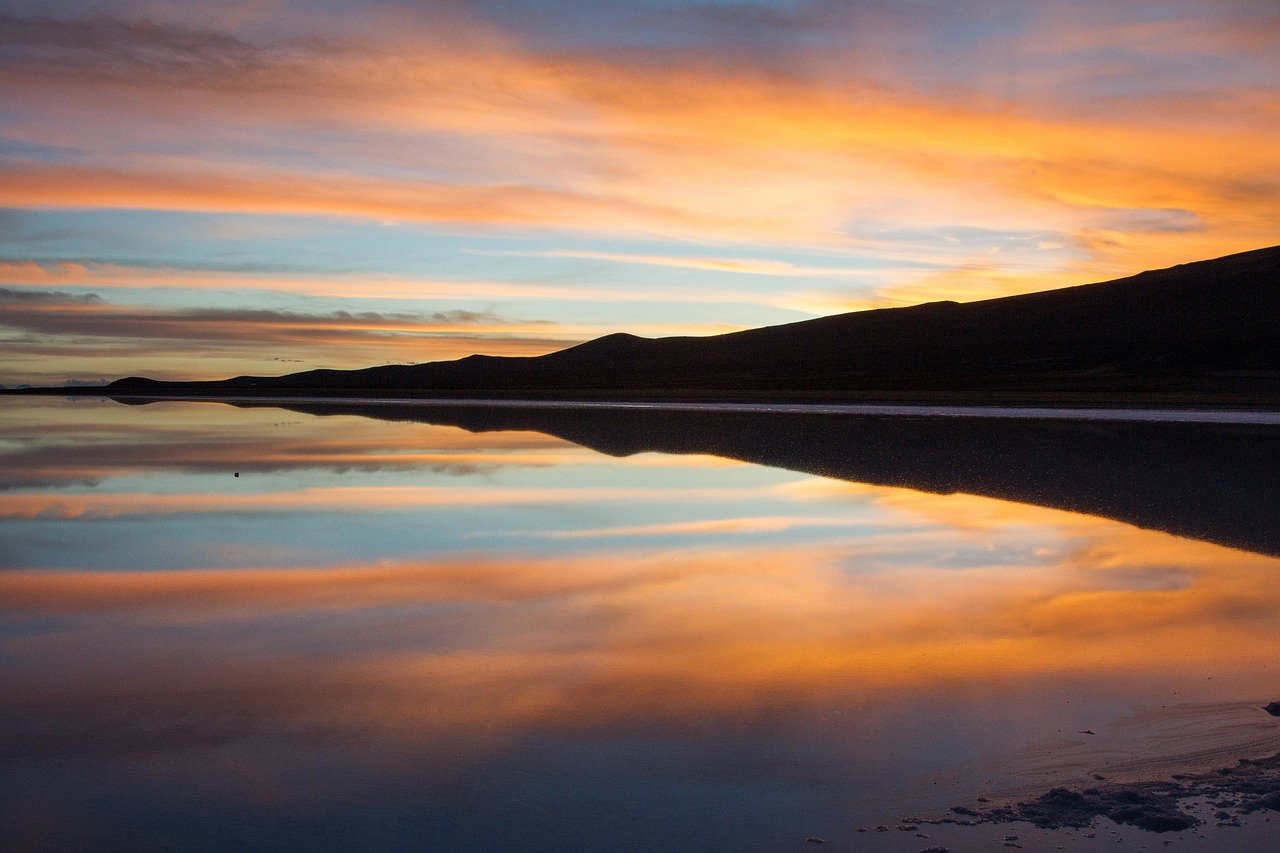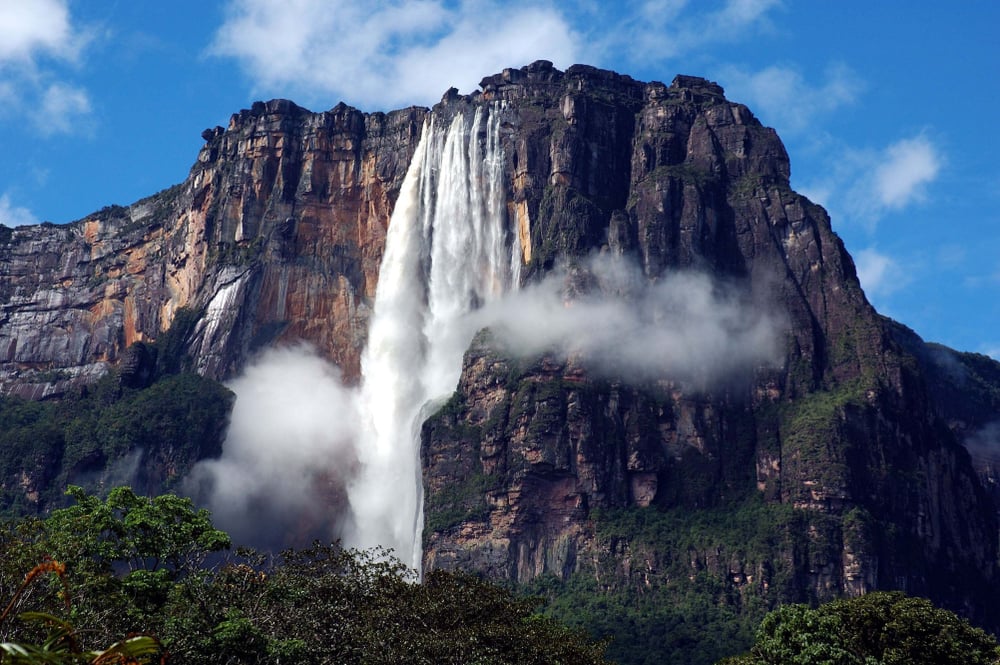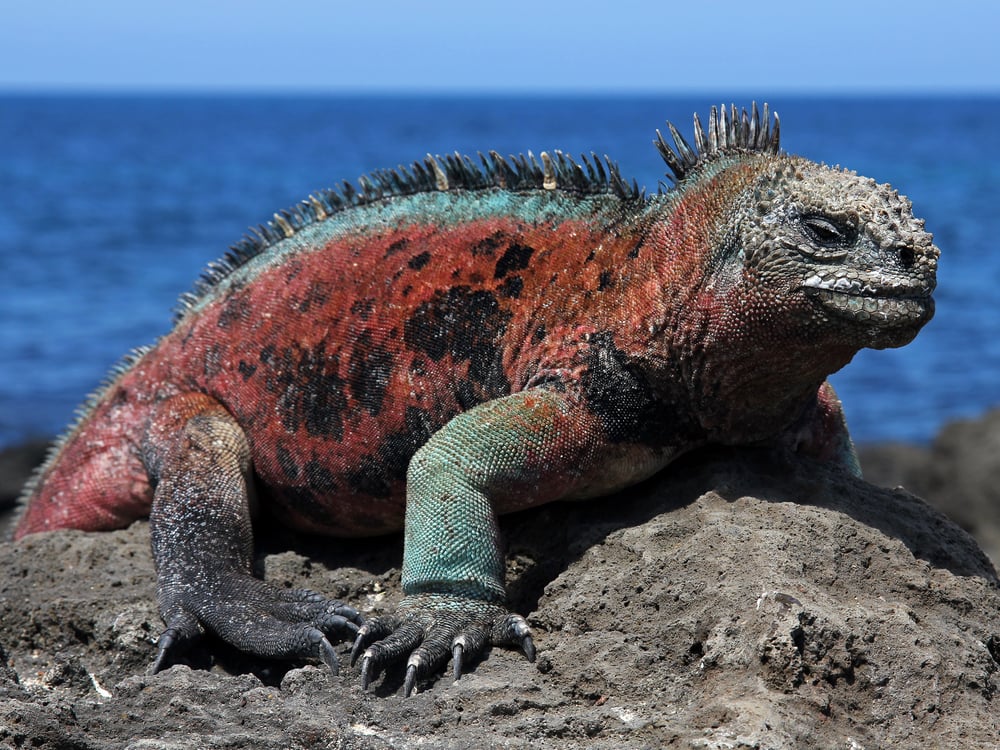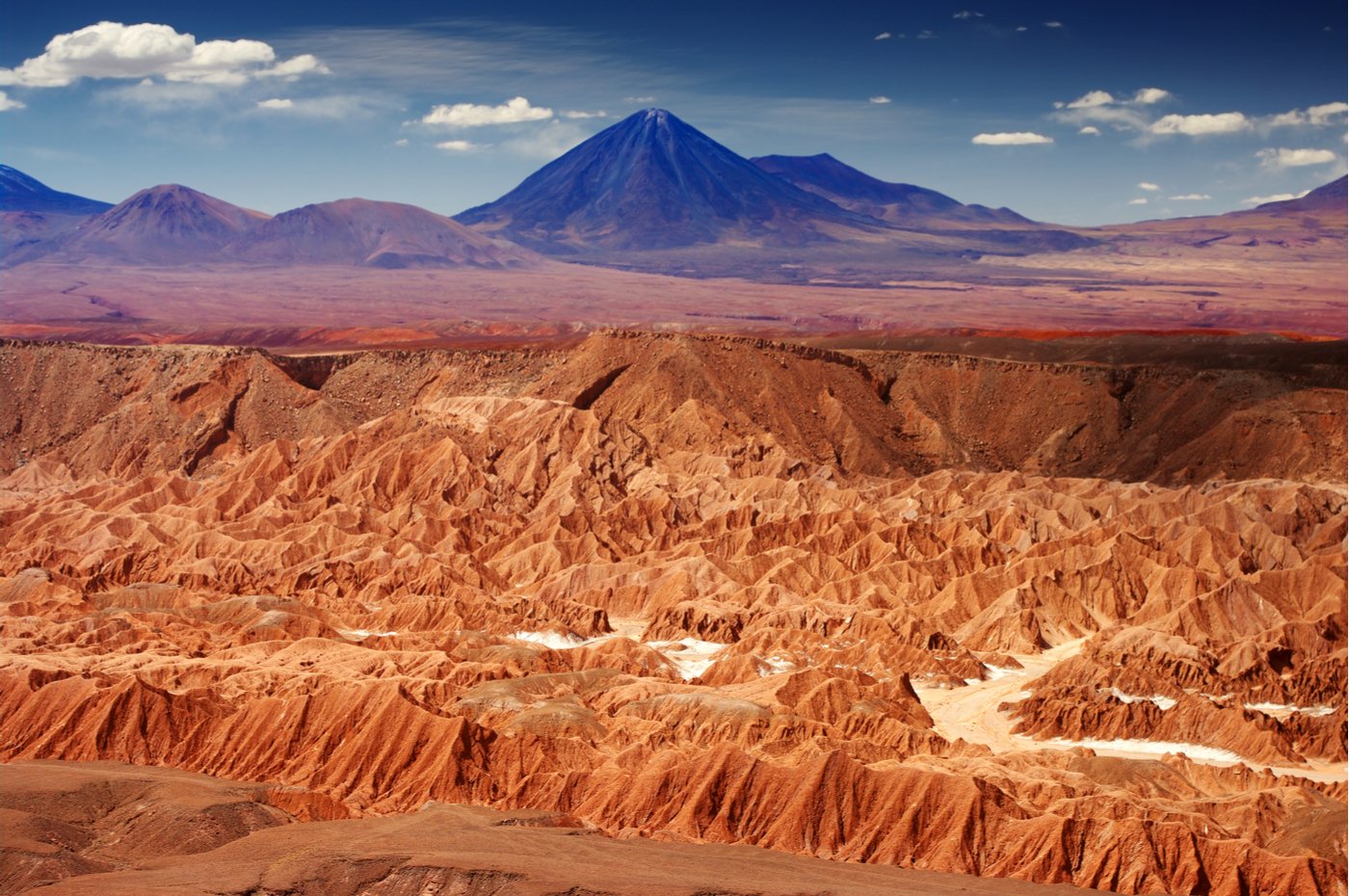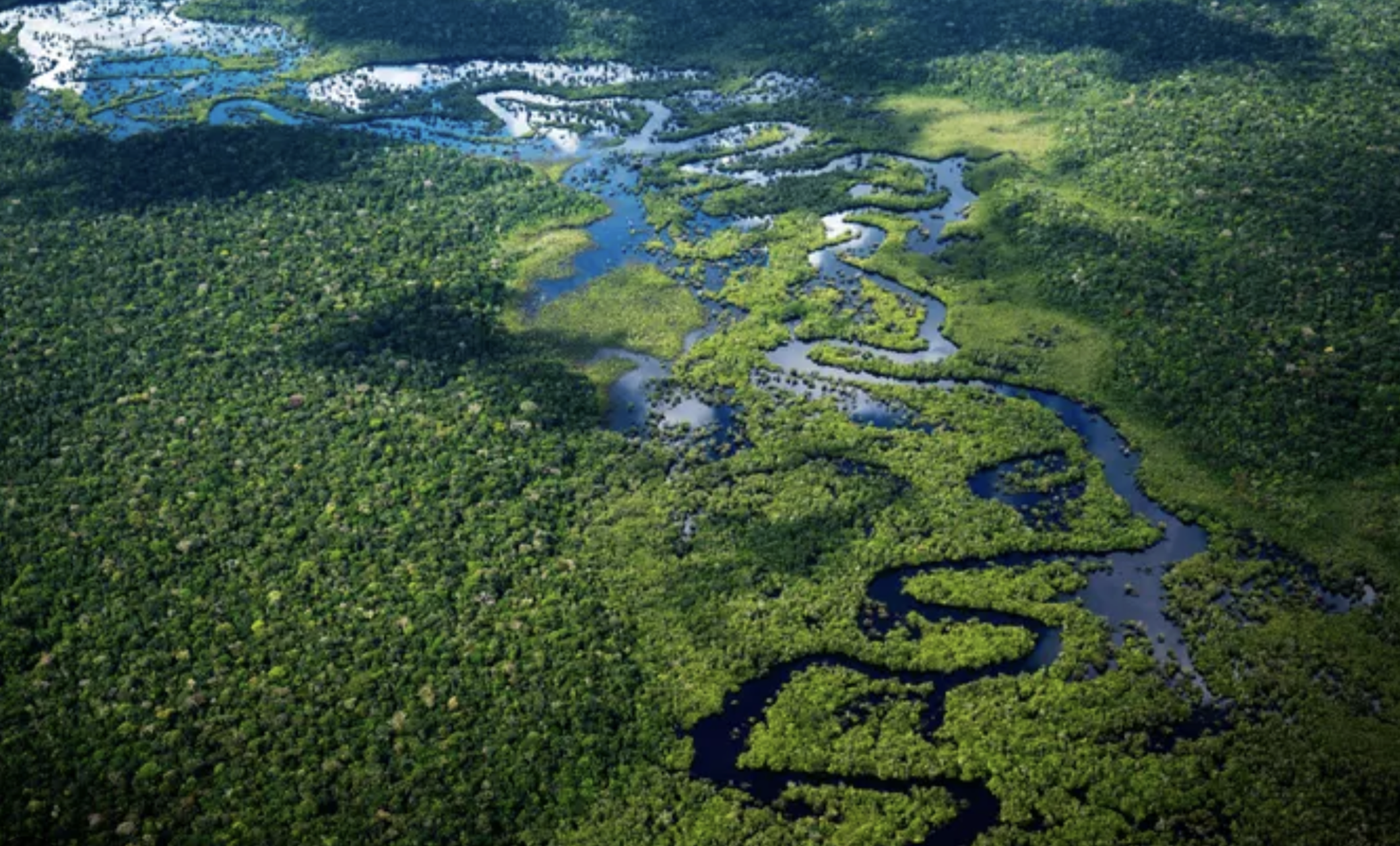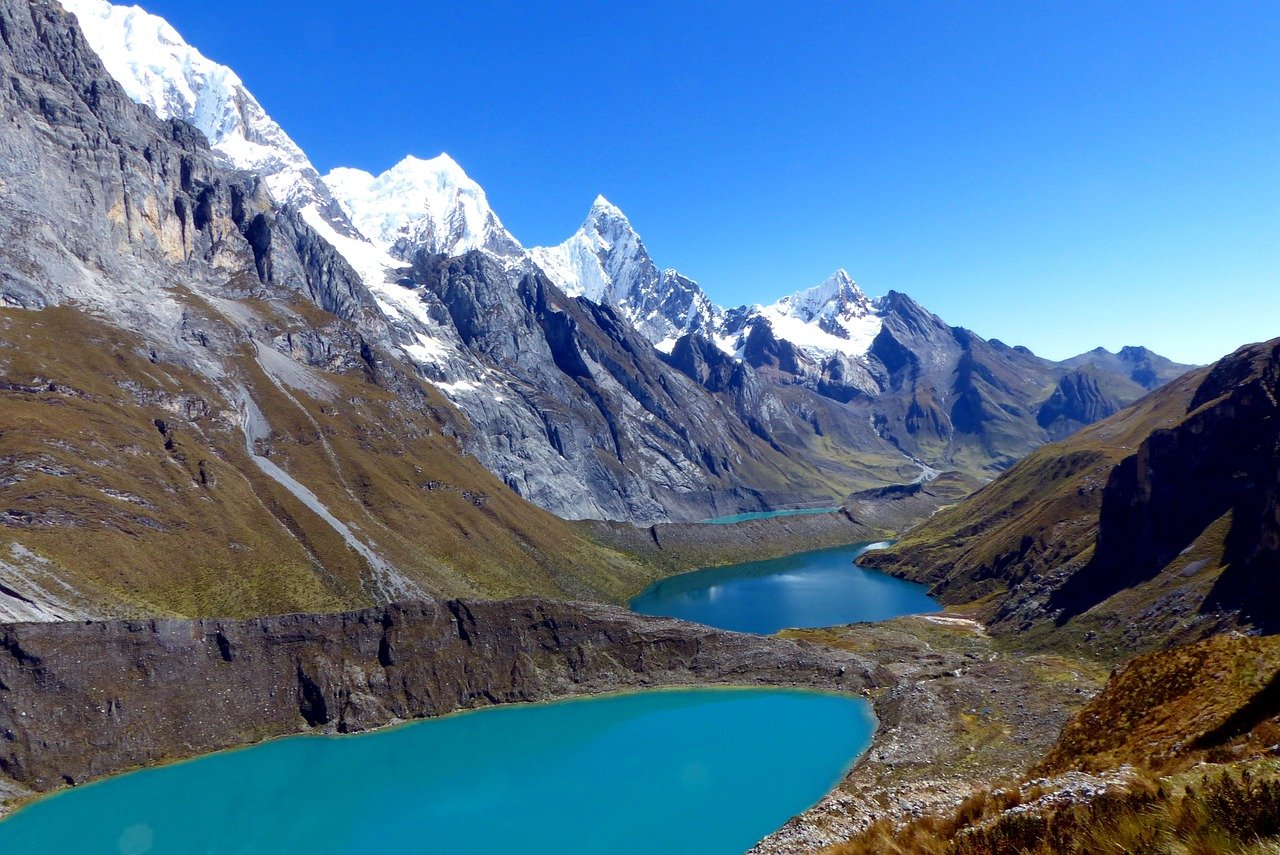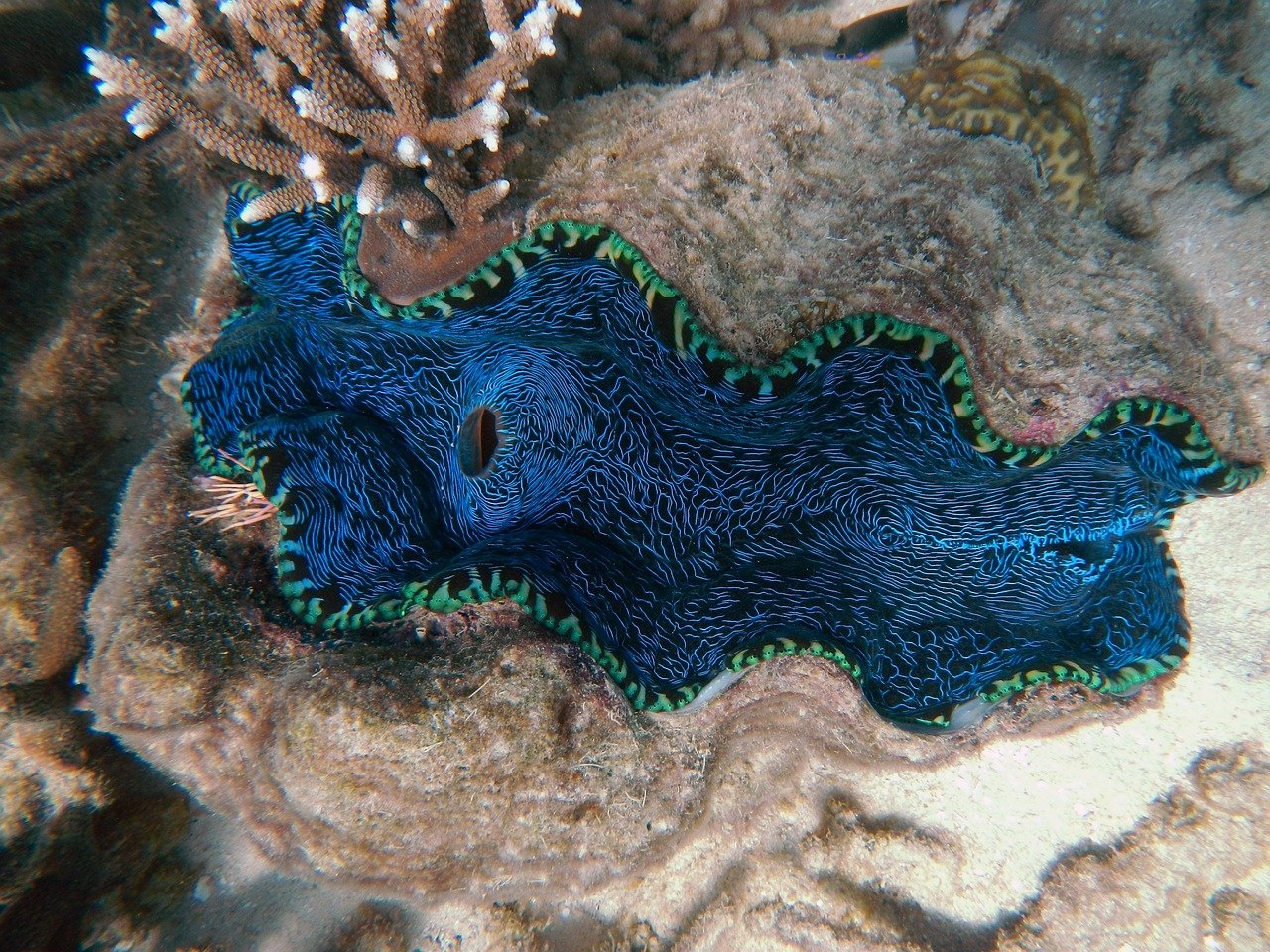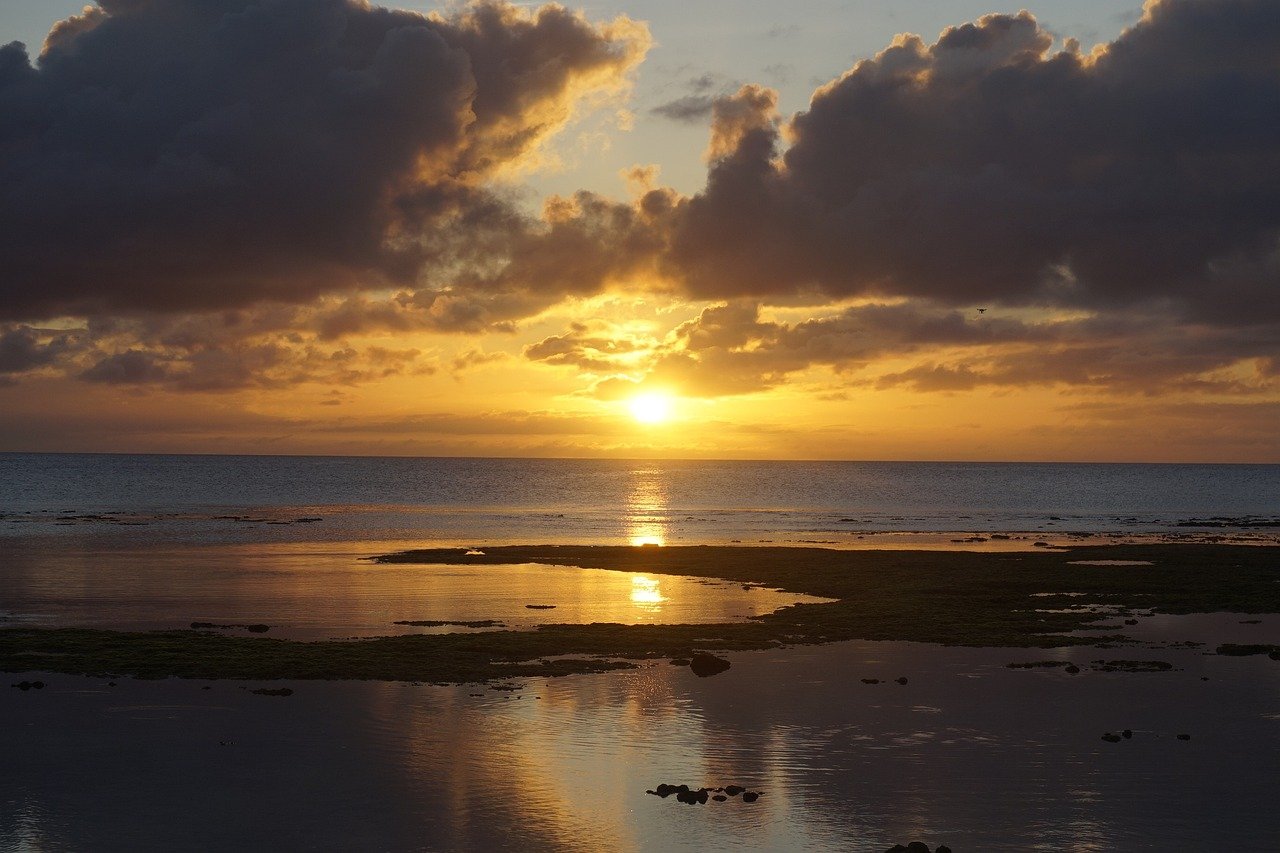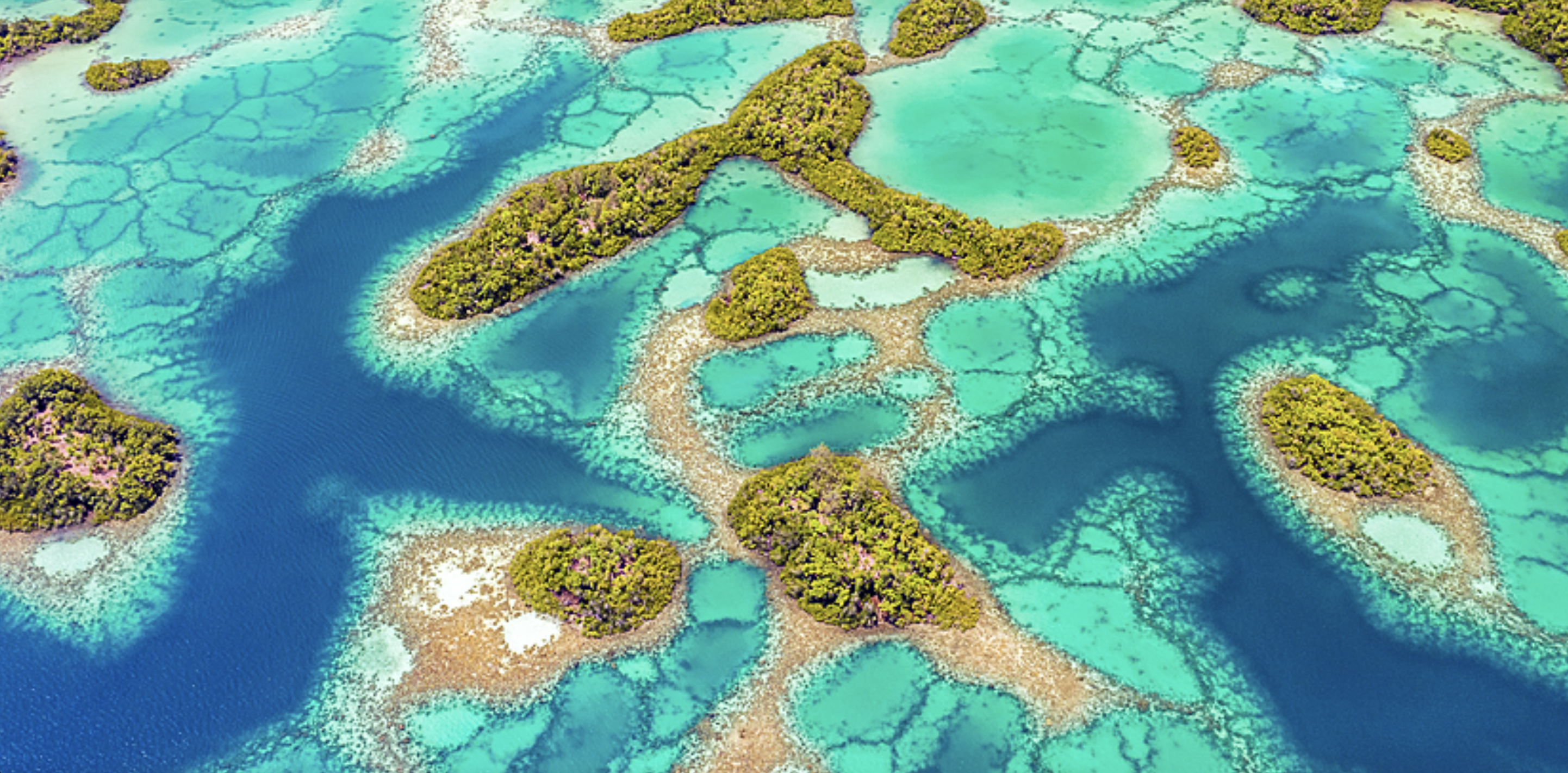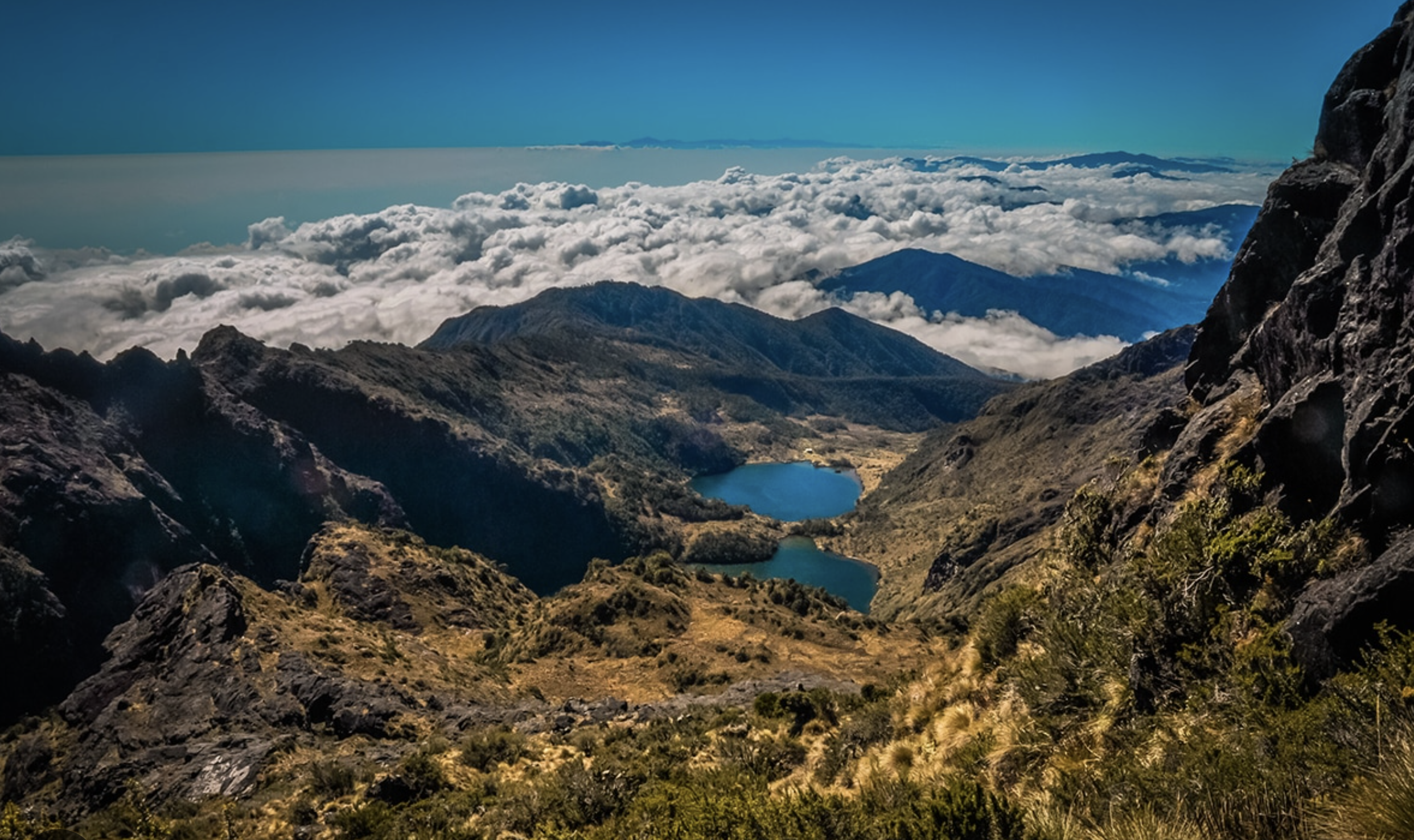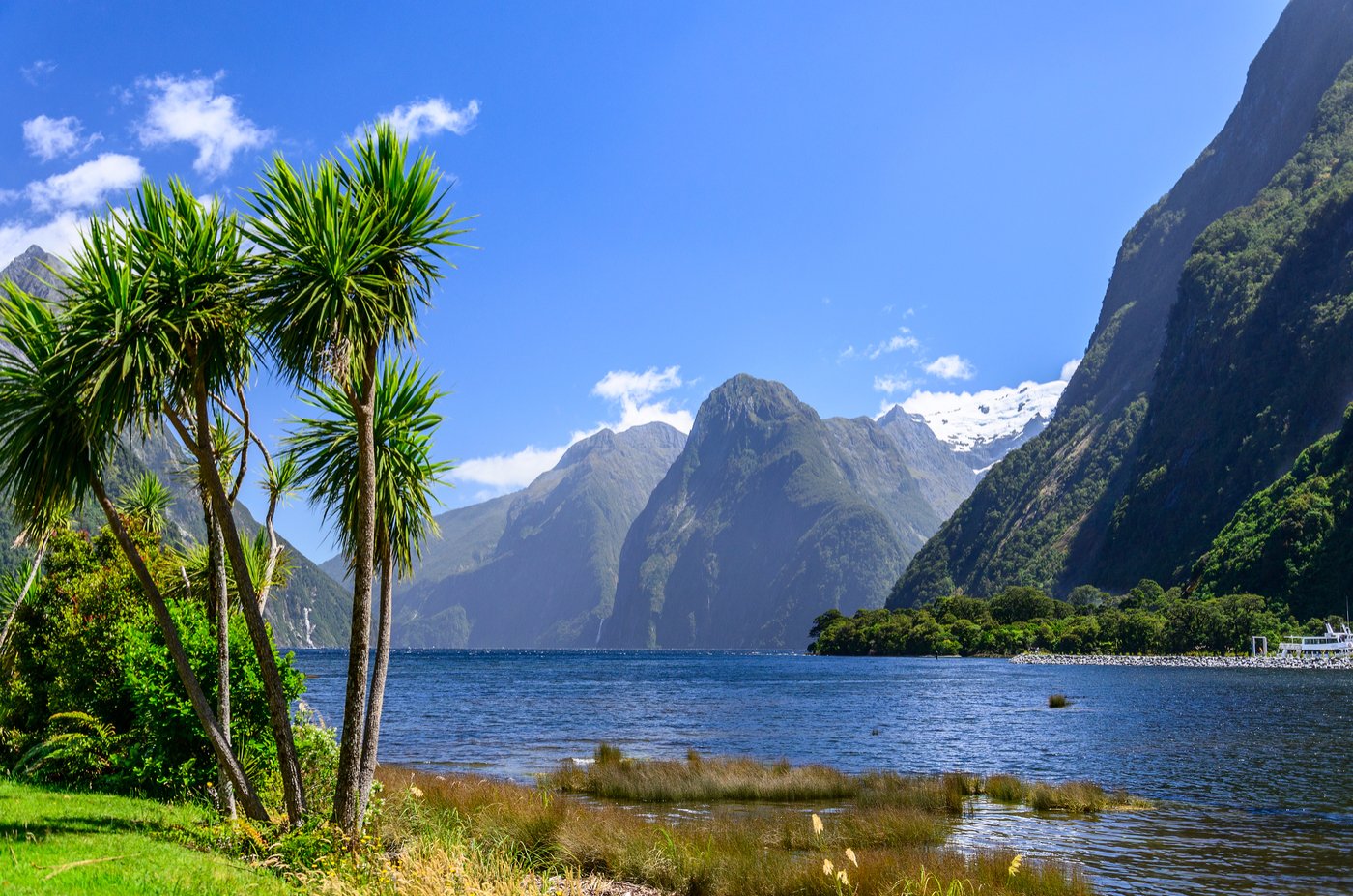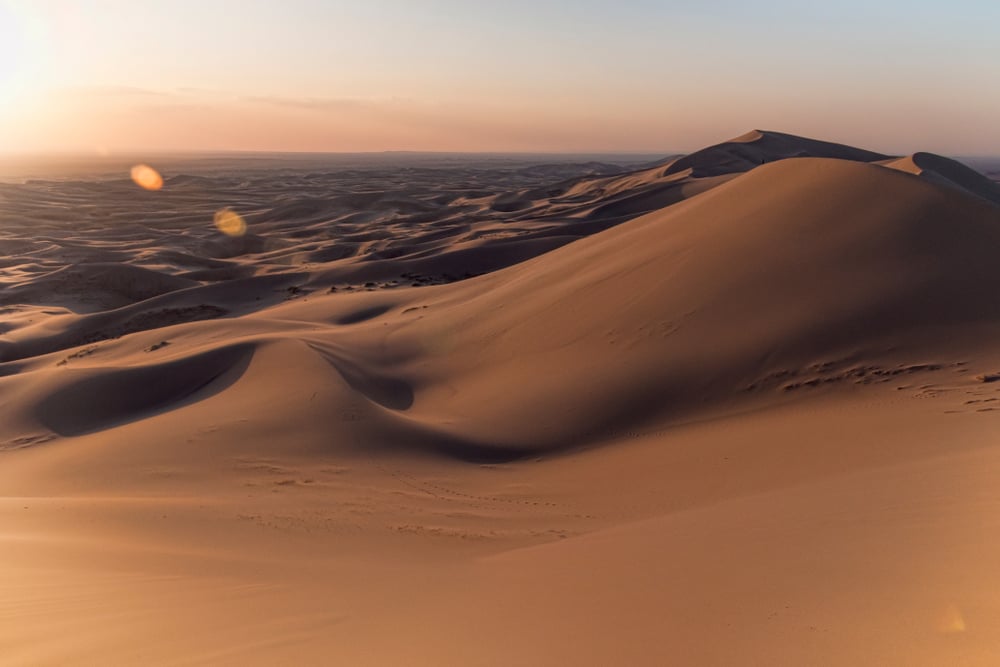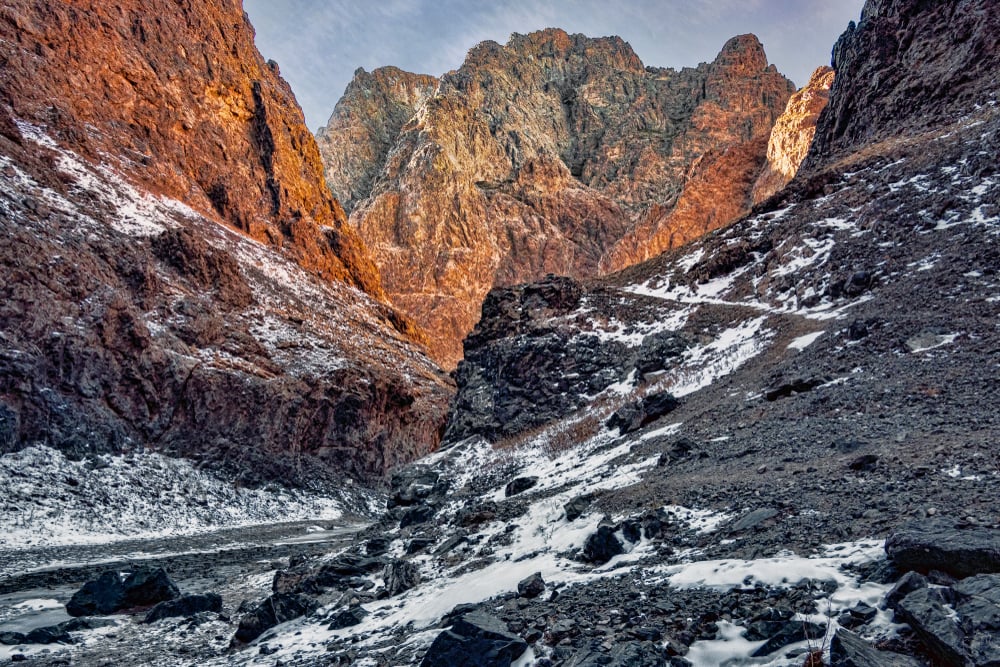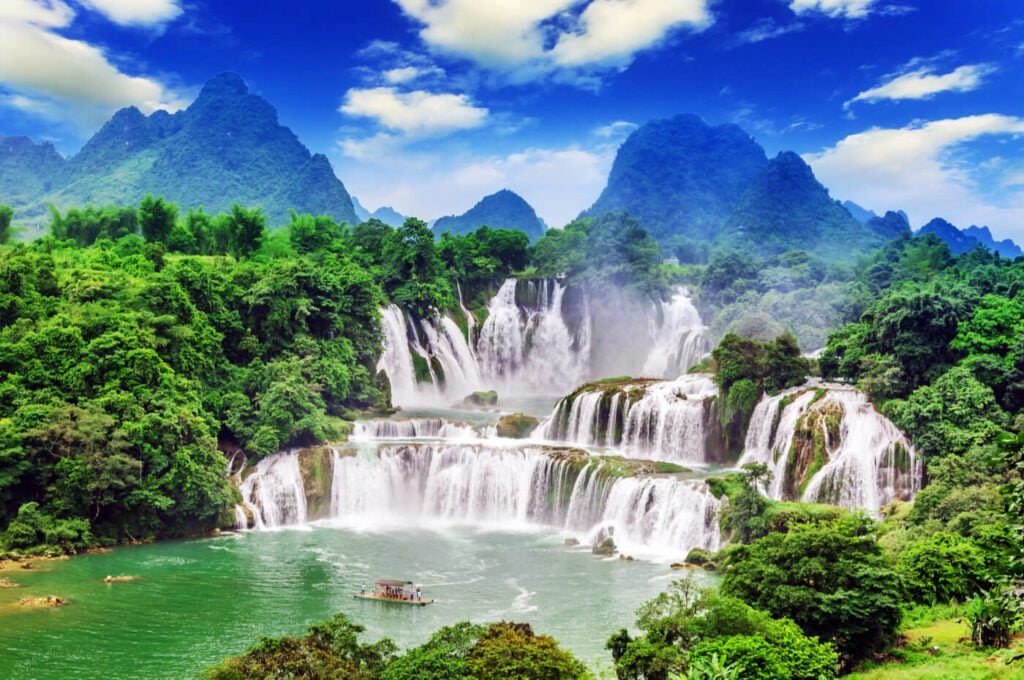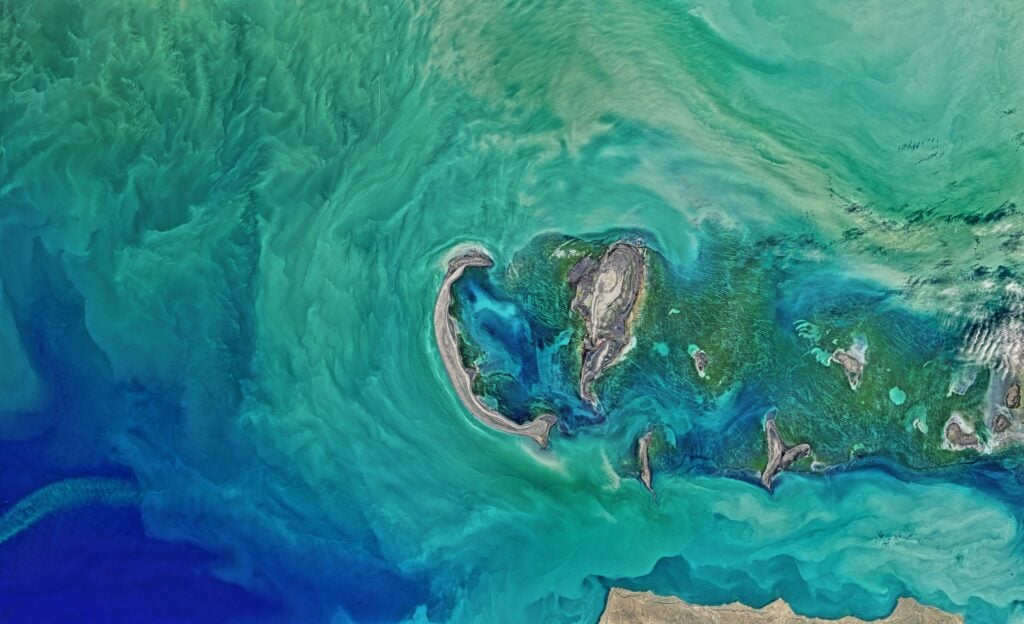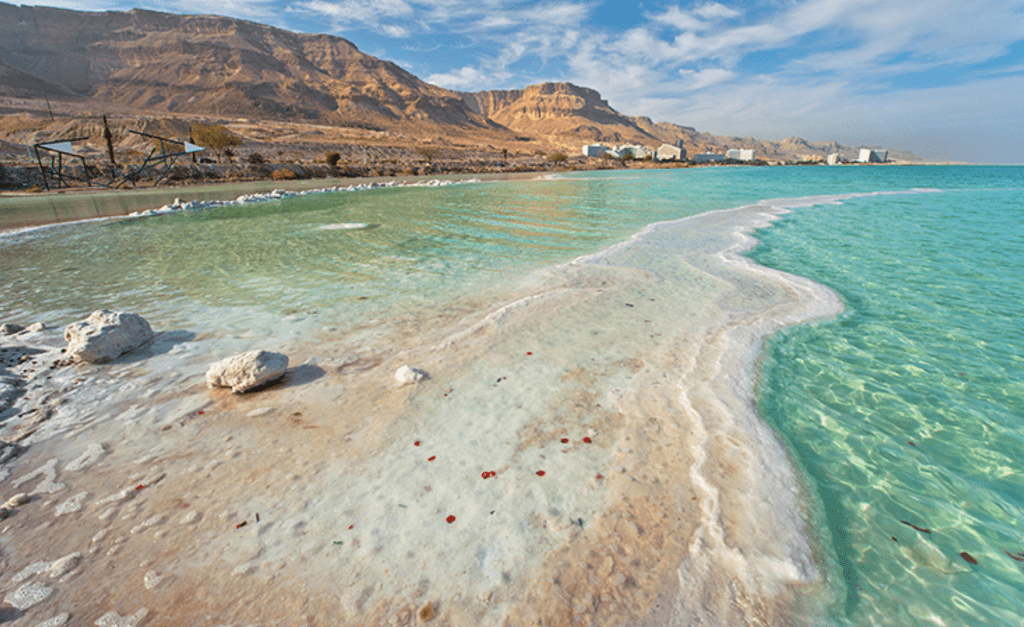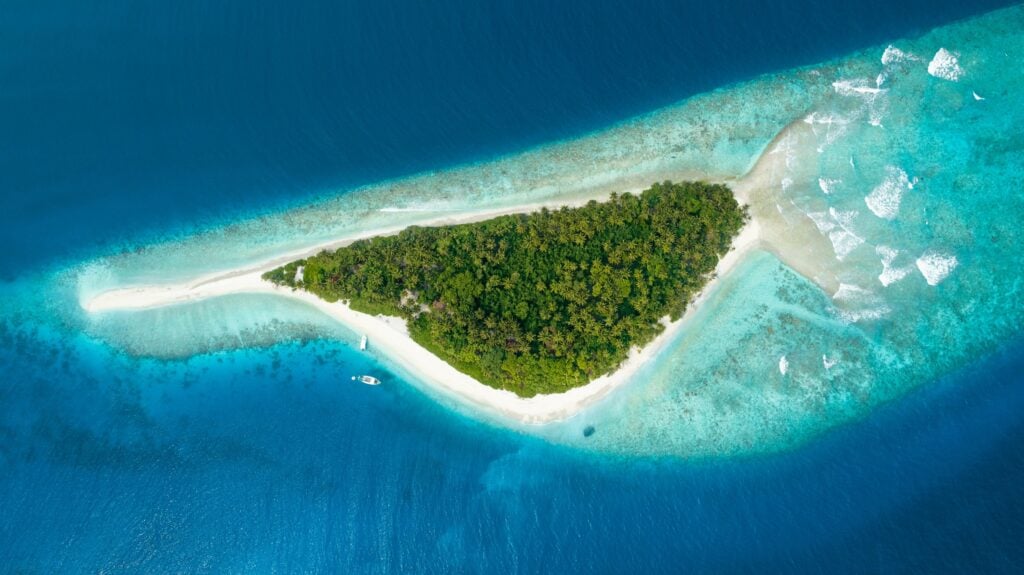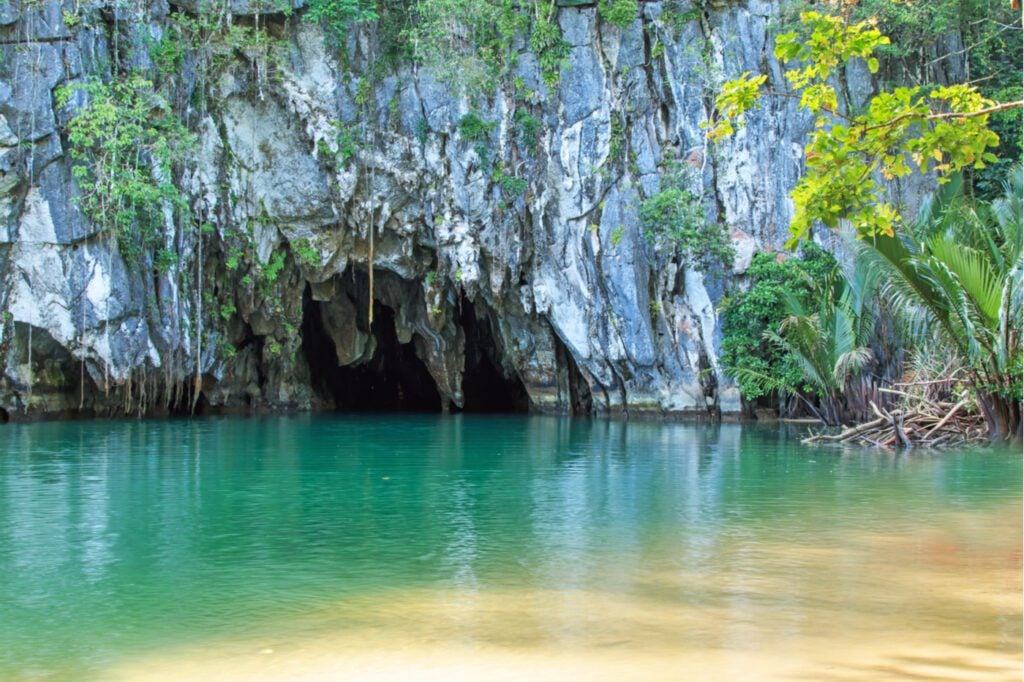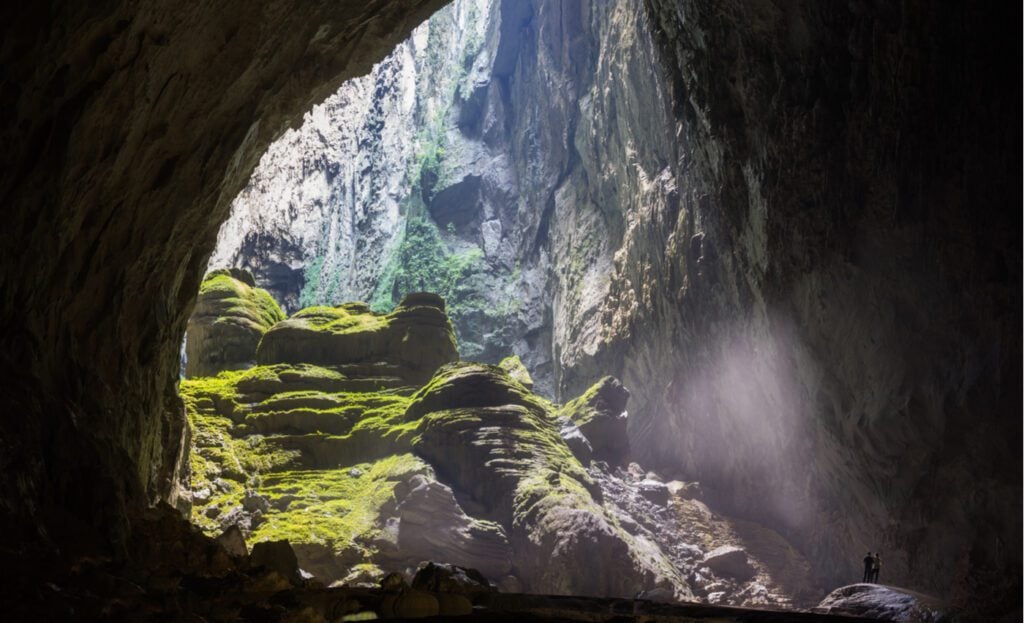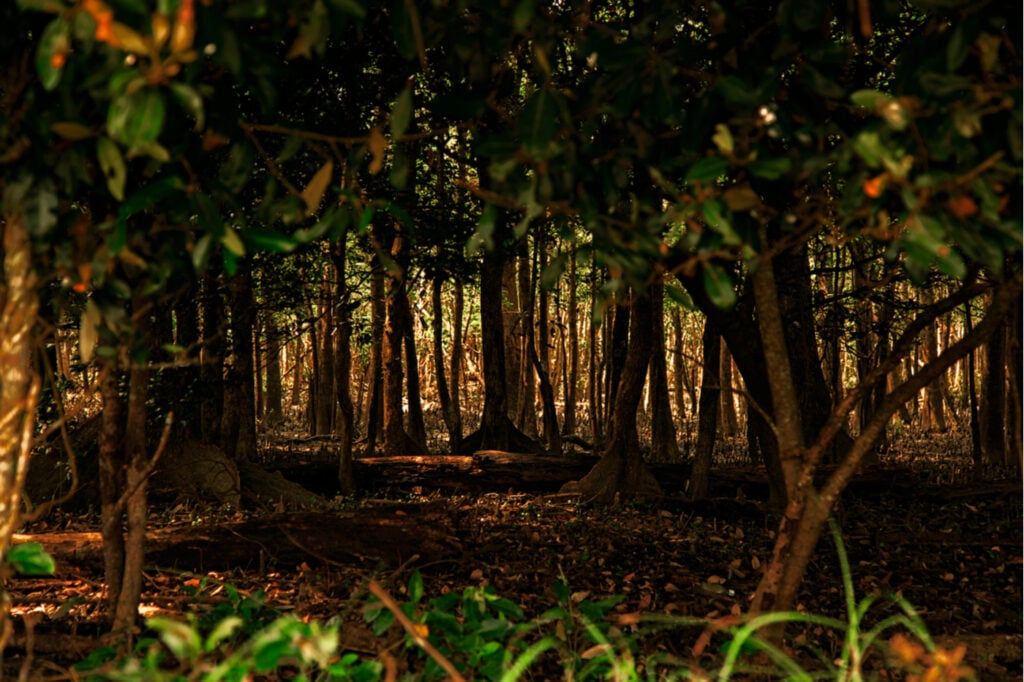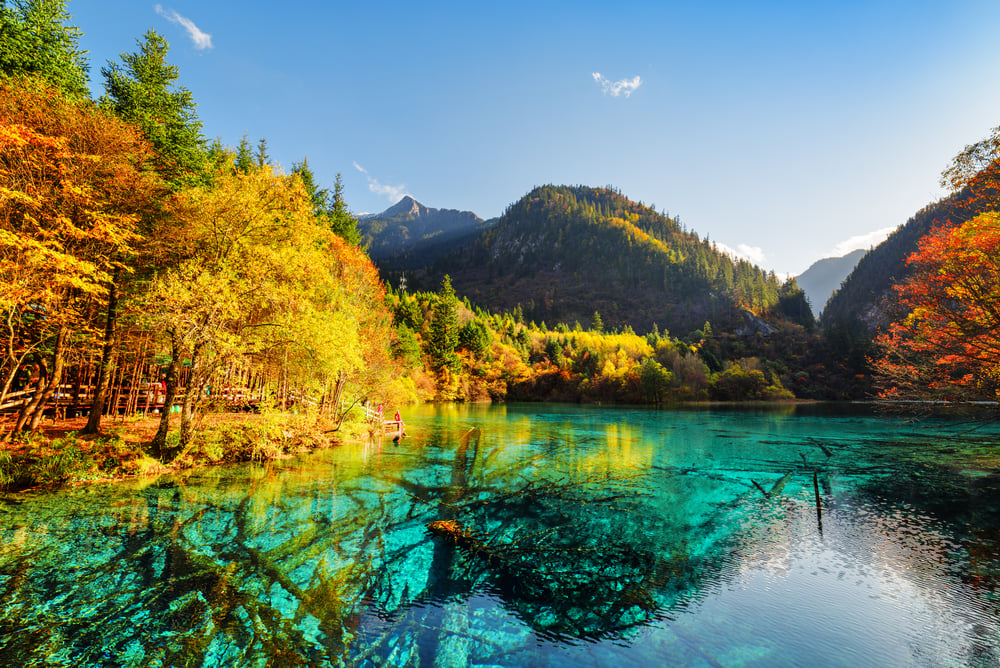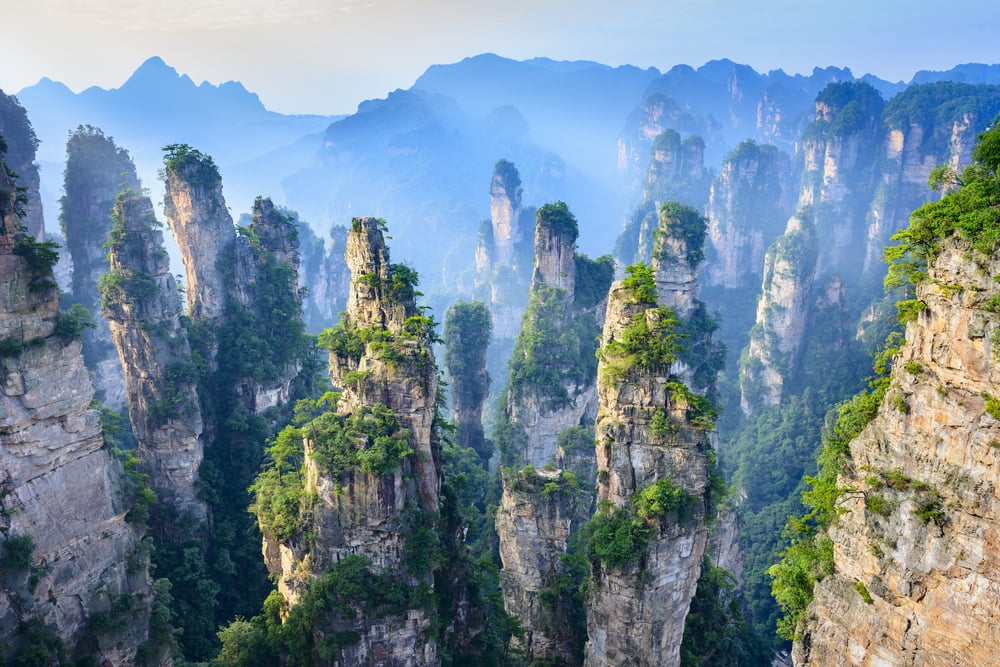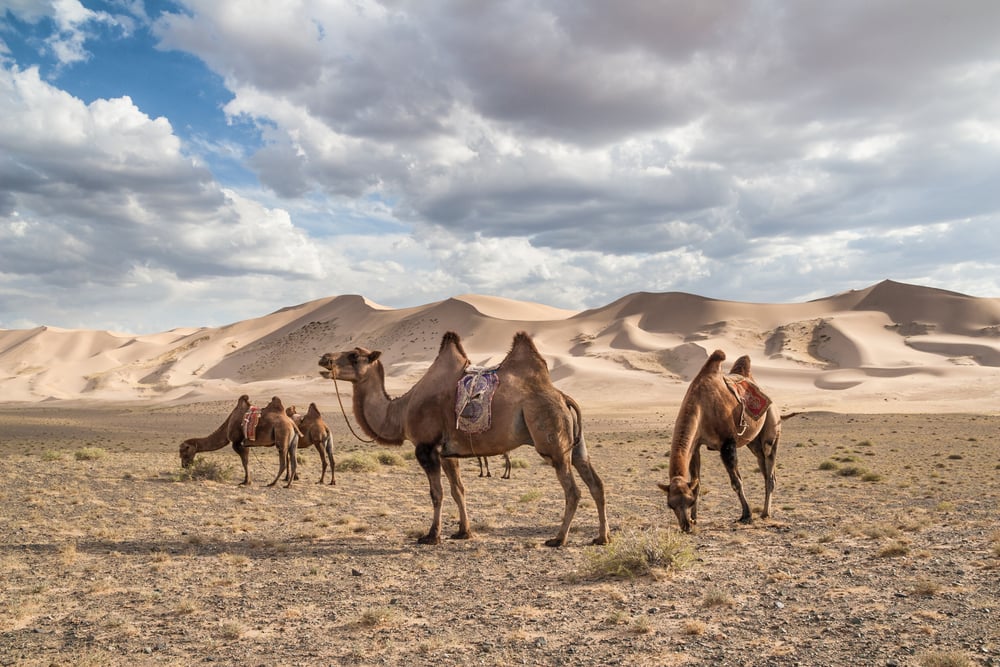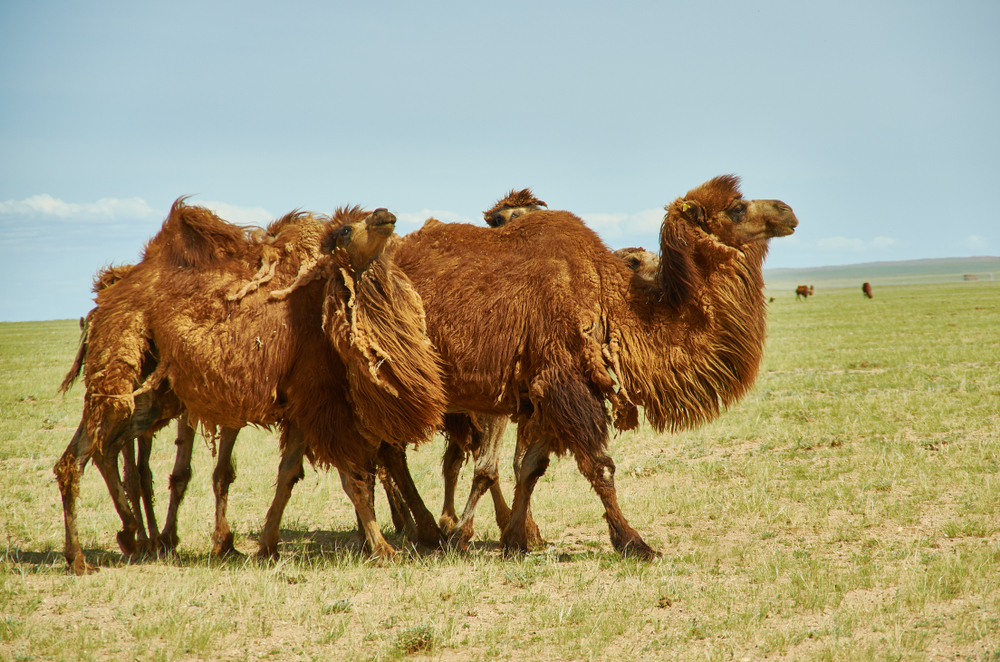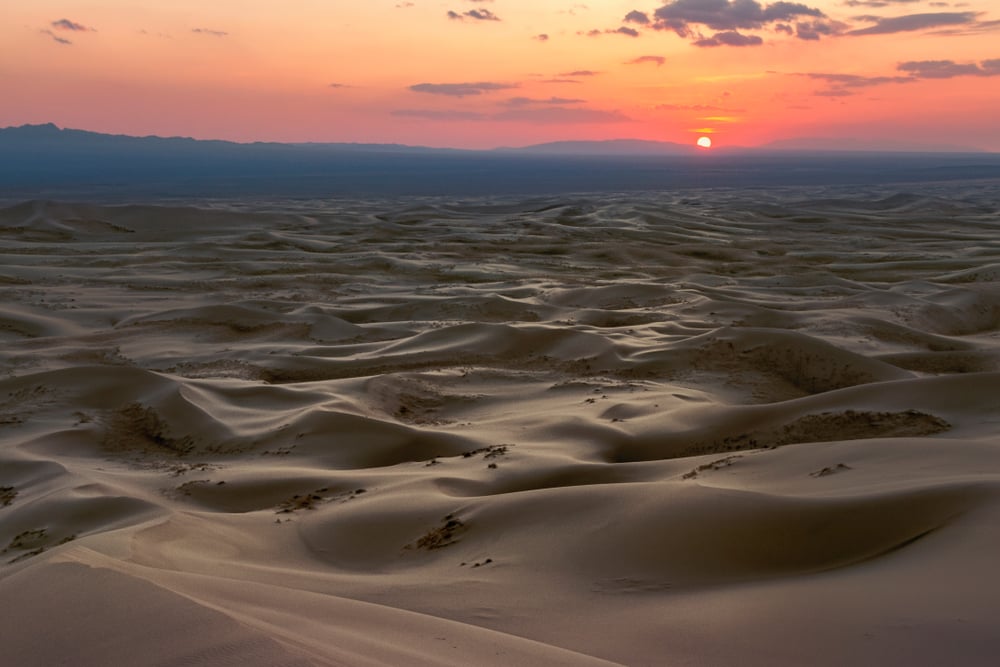The Gobi Desert and the Sahara Desert are two of the most renowned deserts in the world, each possessing unique characteristics and features that distinguish them from one another. Here’s a comparison based on several aspects:
Location and Size
- Gobi Desert: Located in northern China and southern Mongolia, the Gobi is the largest desert in Asia. It covers an area of about 1.295 million square kilometers (500,000 square miles).
- Sahara Desert: Spanning several countries in North Africa, including Algeria, Chad, Egypt, Libya, Mali, Mauritania, Morocco, Niger, Sudan, and Tunisia, the Sahara is the largest hot desert in the world and the third largest desert overall after Antarctica and the Arctic. It covers approximately 9.2 million square kilometers (3.6 million square miles).
Climate and Environment
- Gobi Desert: Characterized by its harsh climate, the Gobi experiences temperature extremes ranging from -40°C (-40°F) in winter to over 45°C (113°F) in summer. It’s a cold desert with sparse rainfall, and snow can fall on its dunes. Unlike the Sahara, the Gobi is not entirely sandy but also consists of bare rock and compacted gravel plains.
- Sahara Desert: Known for its scorching heat, the Sahara has one of the harshest climates on the planet. Temperatures can soar above 50°C (122°F) in summer, with significant temperature drops at night. The Sahara features vast sand seas (ergs), rocky plateaus, gravel plains, dry valleys, and salt flats. It receives very little rain, with some regions remaining dry for several years at a time.
Ecosystem and Biodiversity
- Gobi Desert: Despite its harsh conditions, the Gobi supports a range of animals and plants adapted to desert life. Notable wildlife includes the Bactrian camel, Gobi bear (one of the rarest bears in the world), snow leopards, and various bird species. Vegetation is sparse but includes hardy species that can survive the extreme conditions.
- Sahara Desert: The Sahara is home to a surprisingly diverse array of flora and fauna adapted to extreme dryness and heat. This includes various species of foxes, the Saharan cheetah, the addax antelope, the dromedary camel, and numerous reptiles. Plant life is limited to oases and some drought-resistant shrubs and trees.
Human Habitation and Culture
- Gobi Desert: The Gobi has been historically significant, with parts of the Silk Road passing through it. The desert is sparsely populated, primarily by nomadic herders in Mongolia who live in traditional gers (yurts).
- Sahara Desert: The Sahara has a rich history and is home to several Berber, Tuareg, and Bedouin tribes. Ancient civilizations, such as the Egyptians, have left a lasting legacy in the form of monuments like the Pyramids of Giza. Today, the Sahara’s population is sparse, with communities mainly located around oases.
Impact and Challenges
Both deserts face environmental challenges, including desertification beyond their natural borders, climate change, and habitat loss. Human activities, such as overgrazing and mining, also pose threats to these unique ecosystems.
In summary, while the Gobi and Sahara deserts share some similarities as vast, arid landscapes that challenge life, they each possess distinct features, climates, and ecosystems that contribute to the planet’s diversity.

